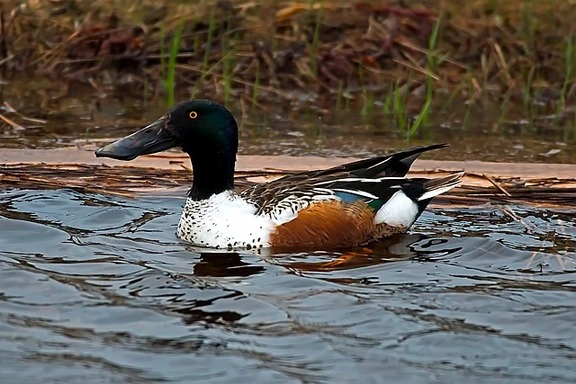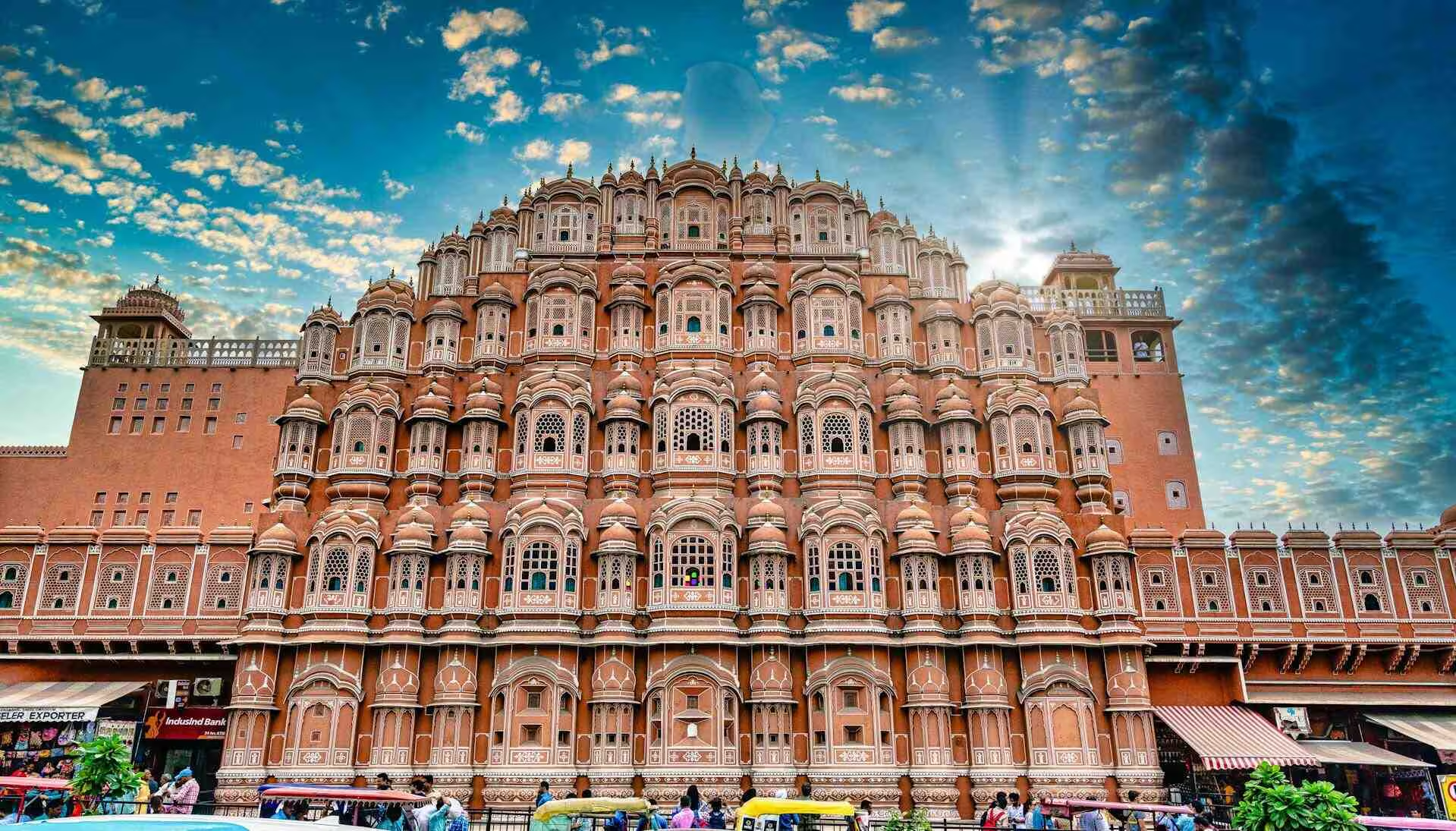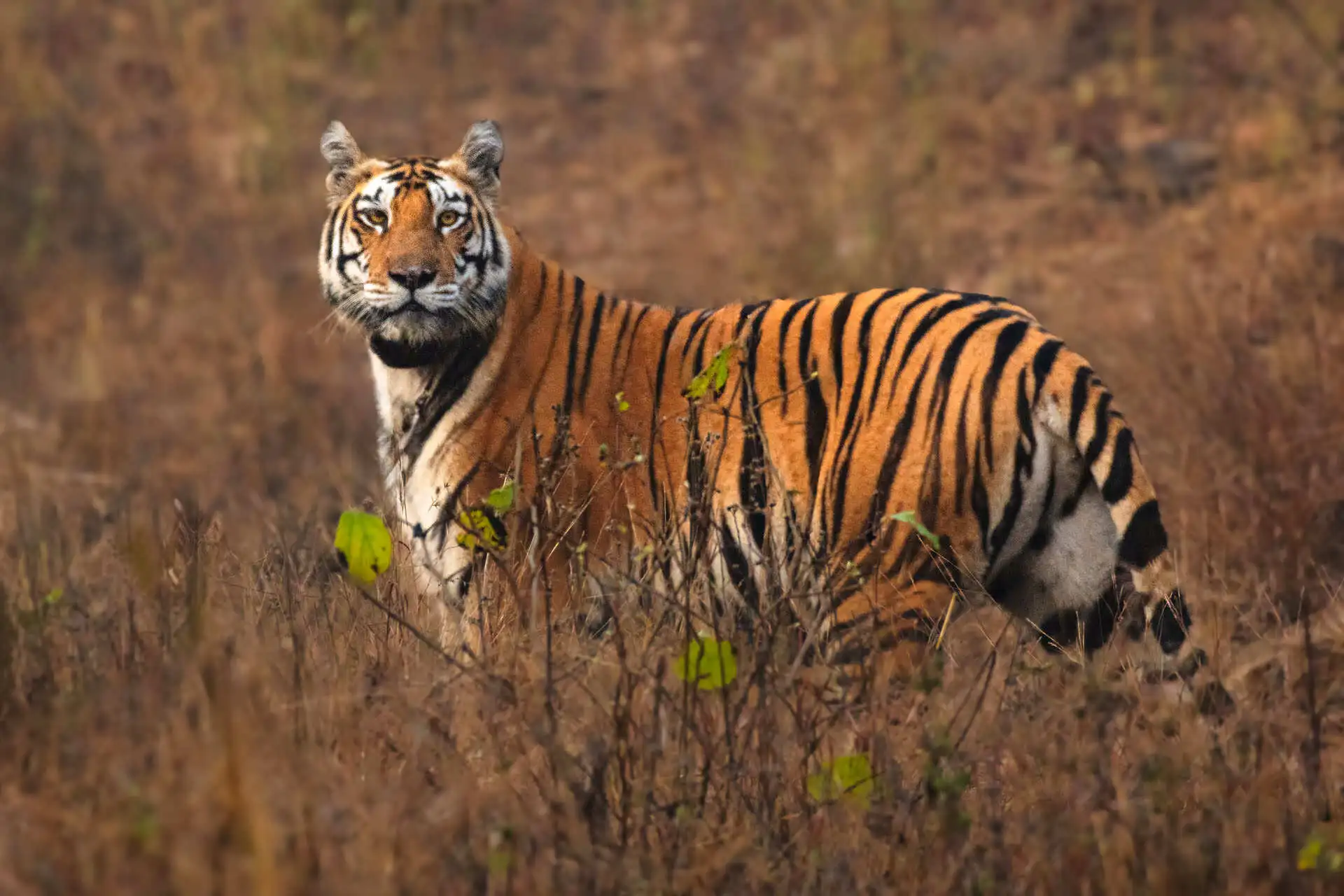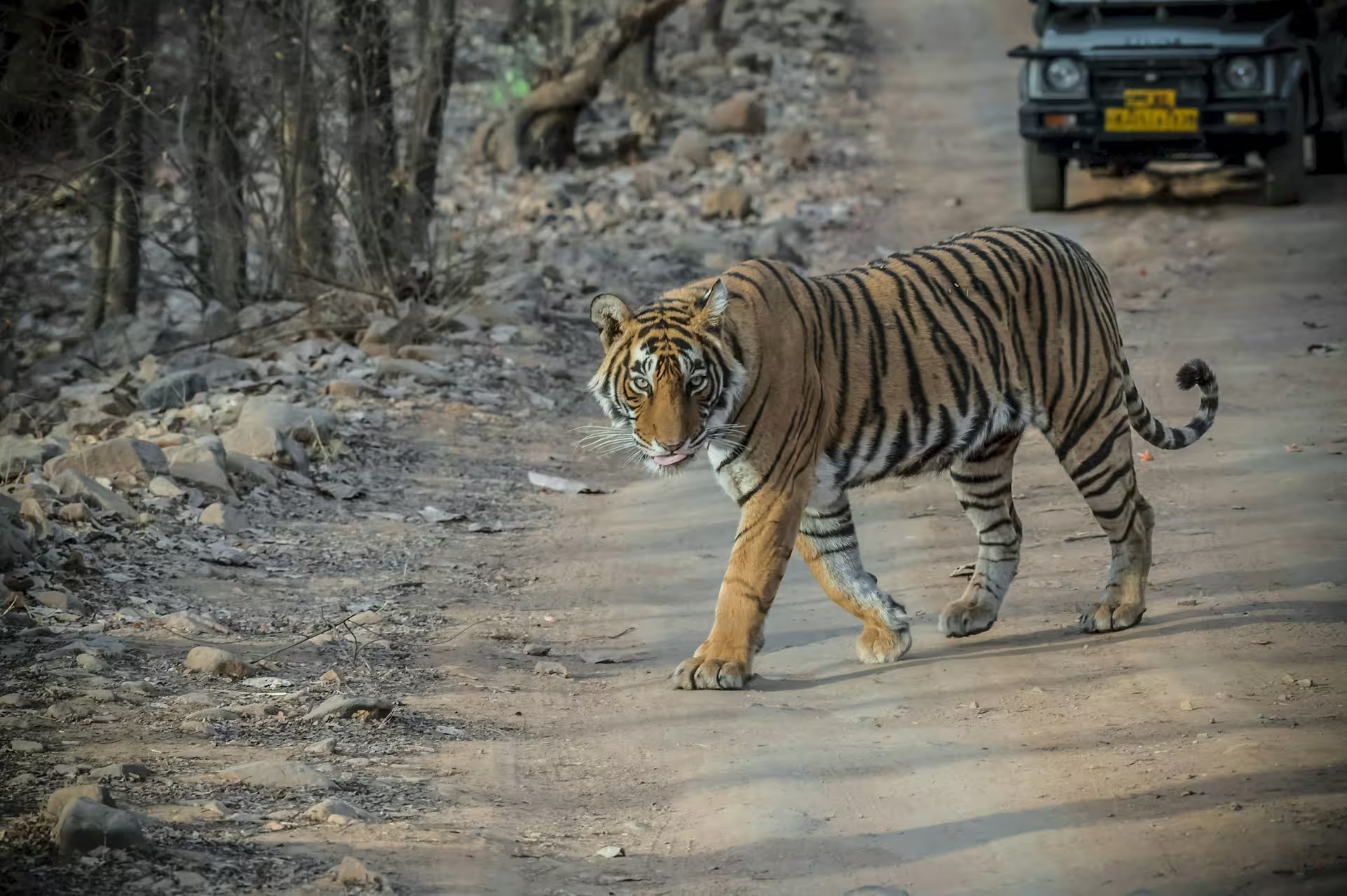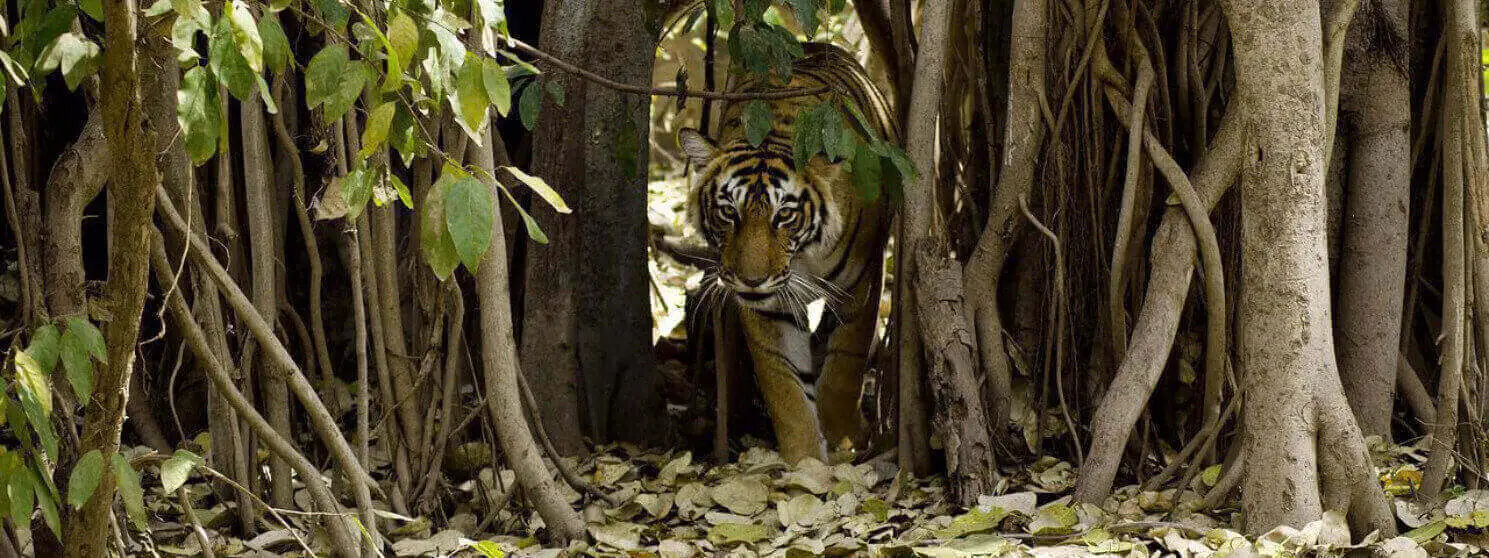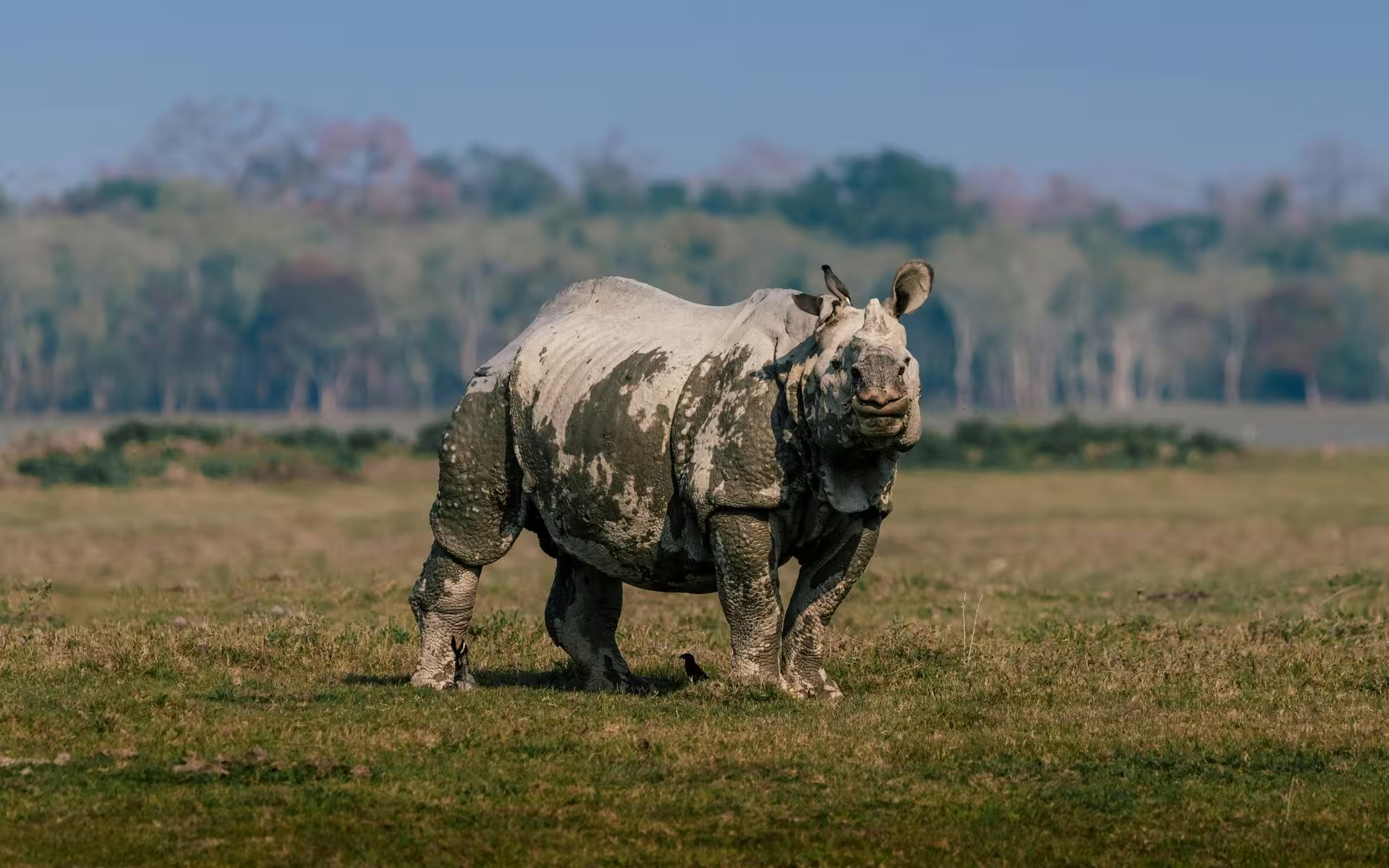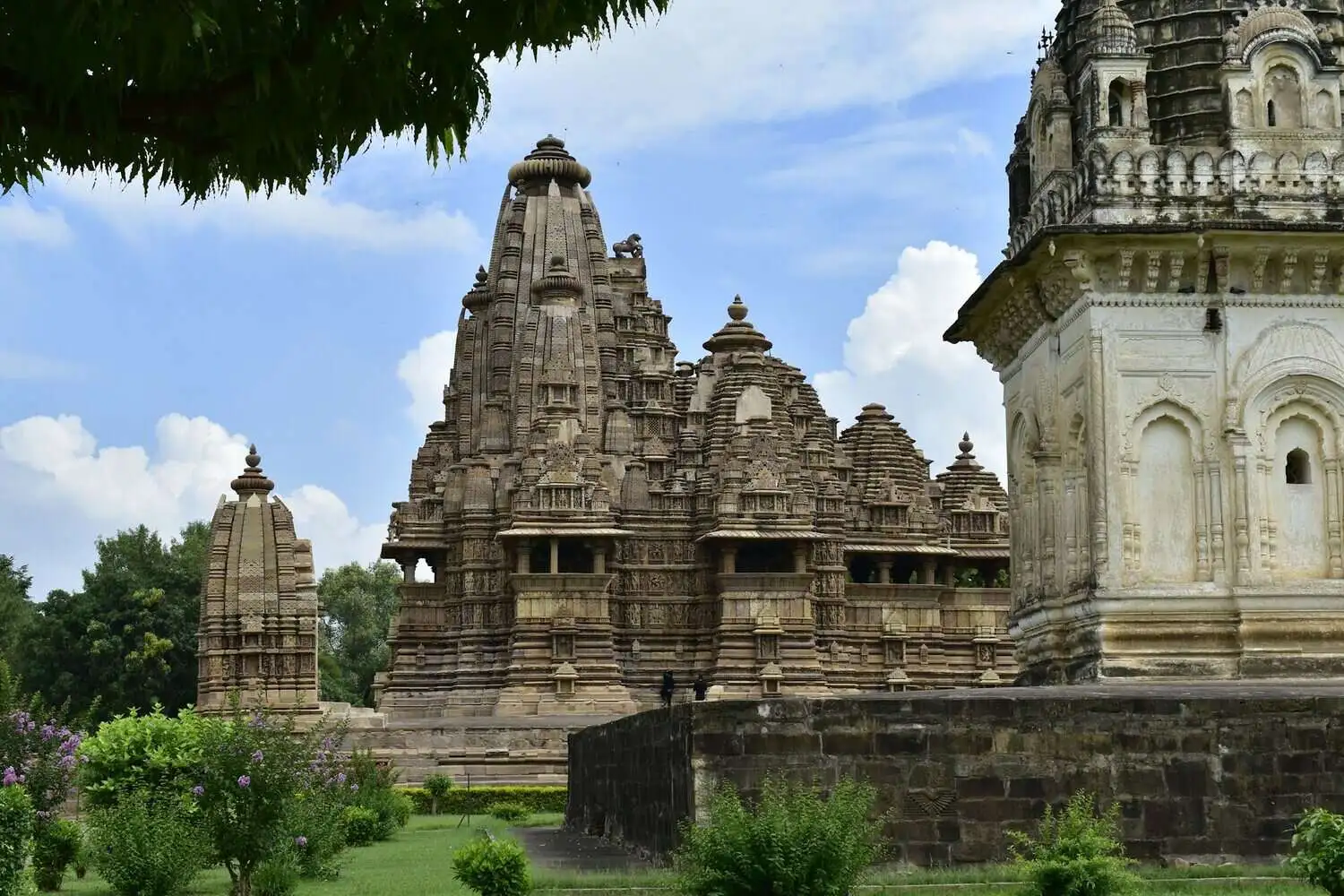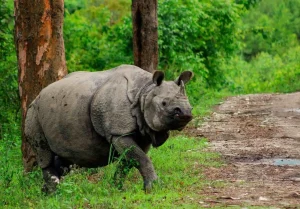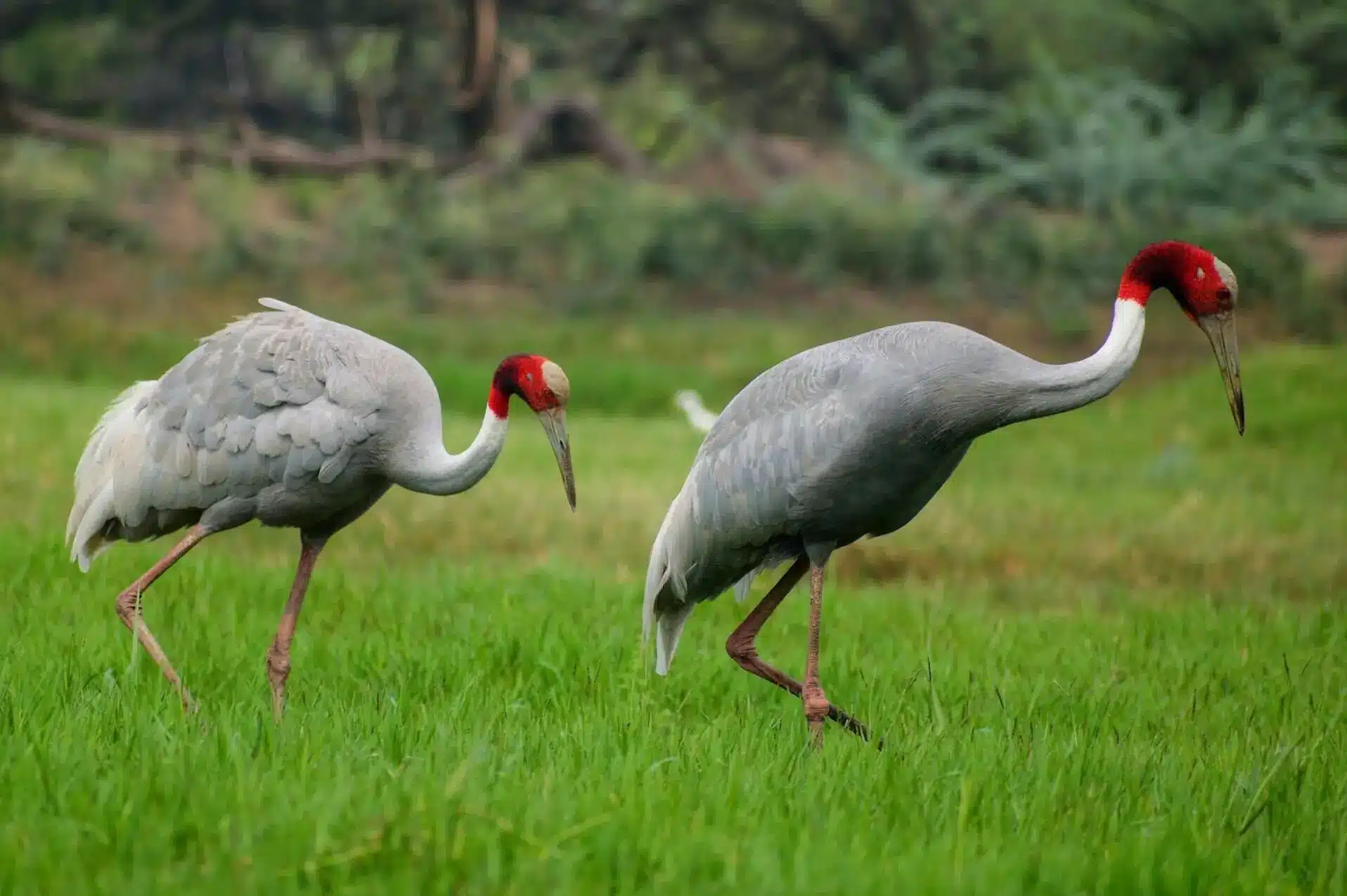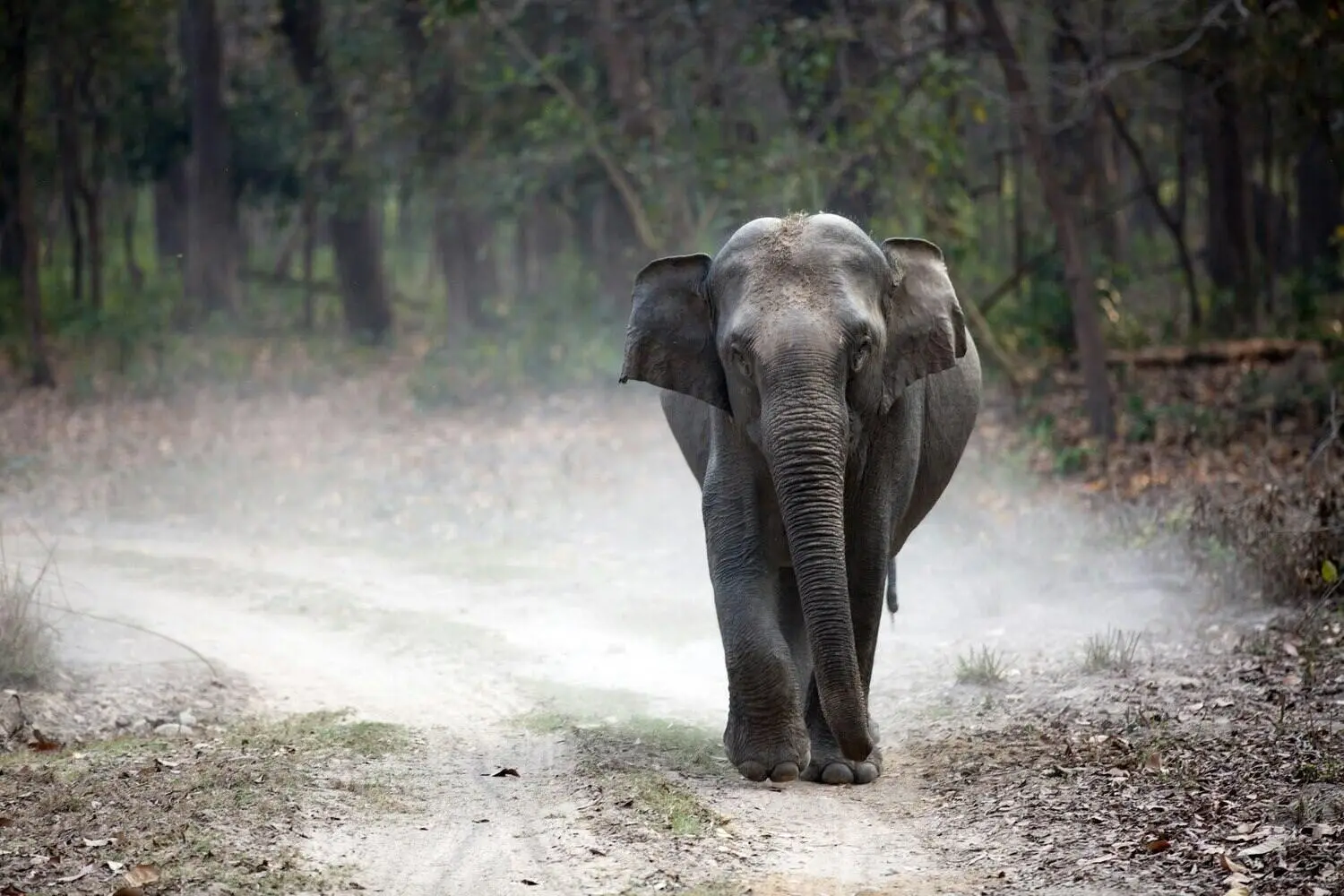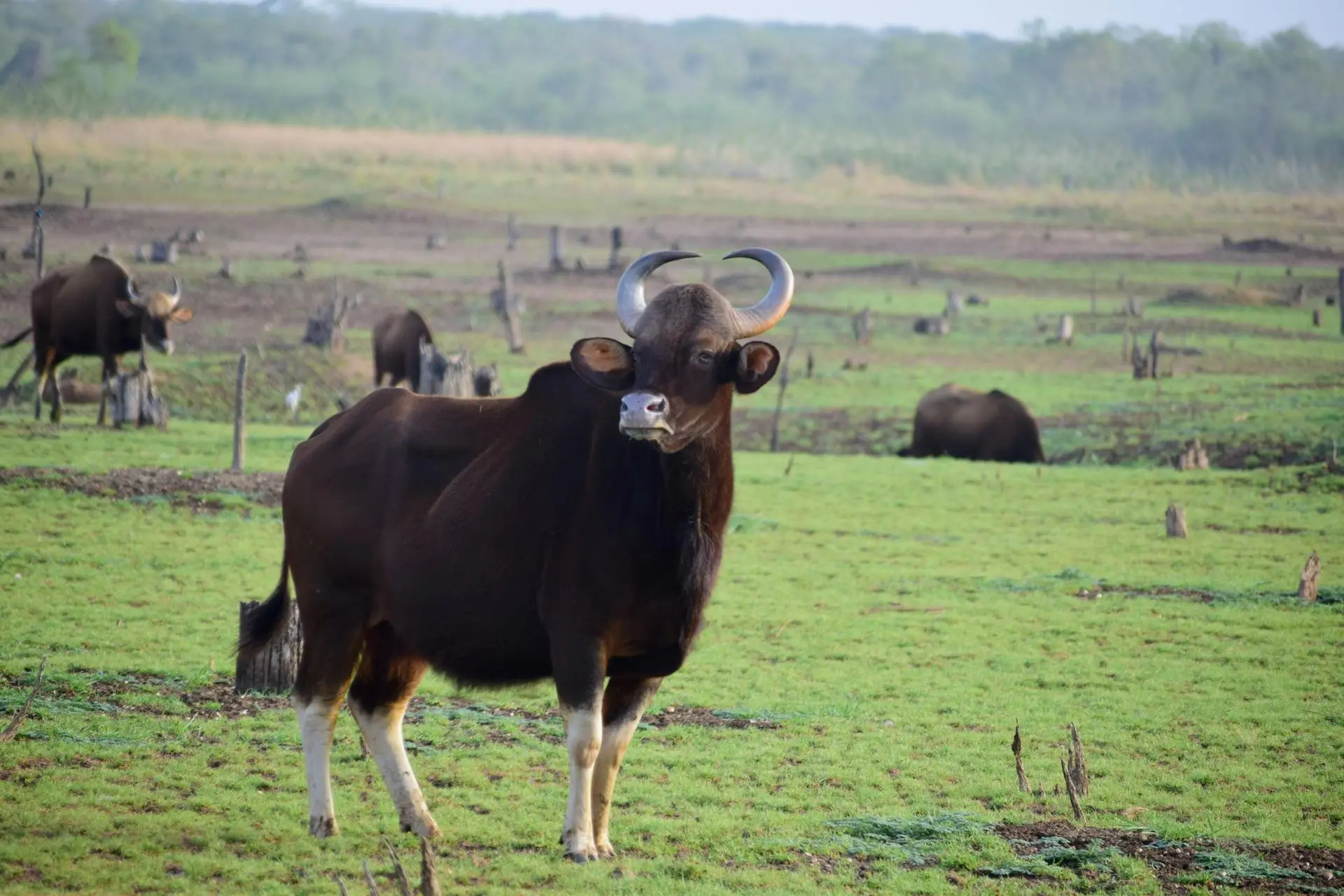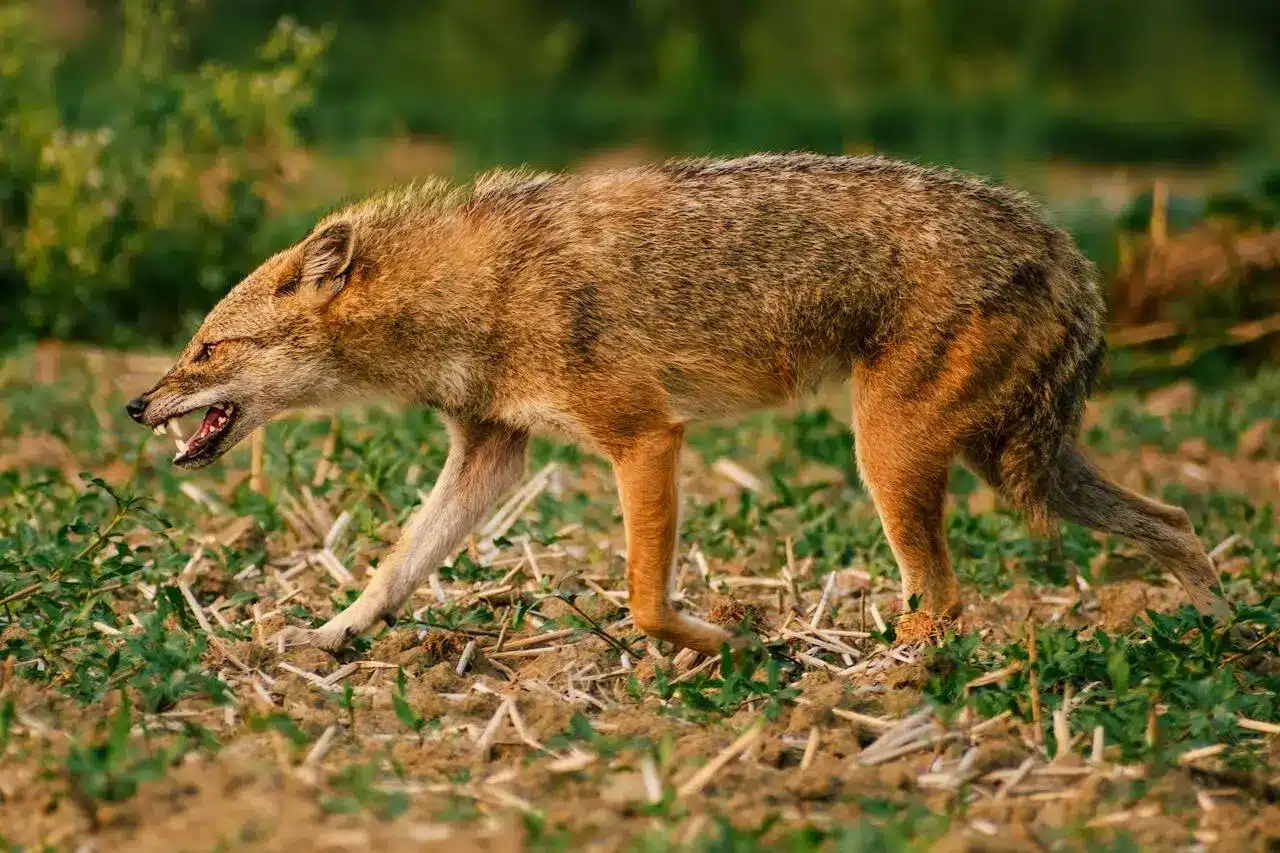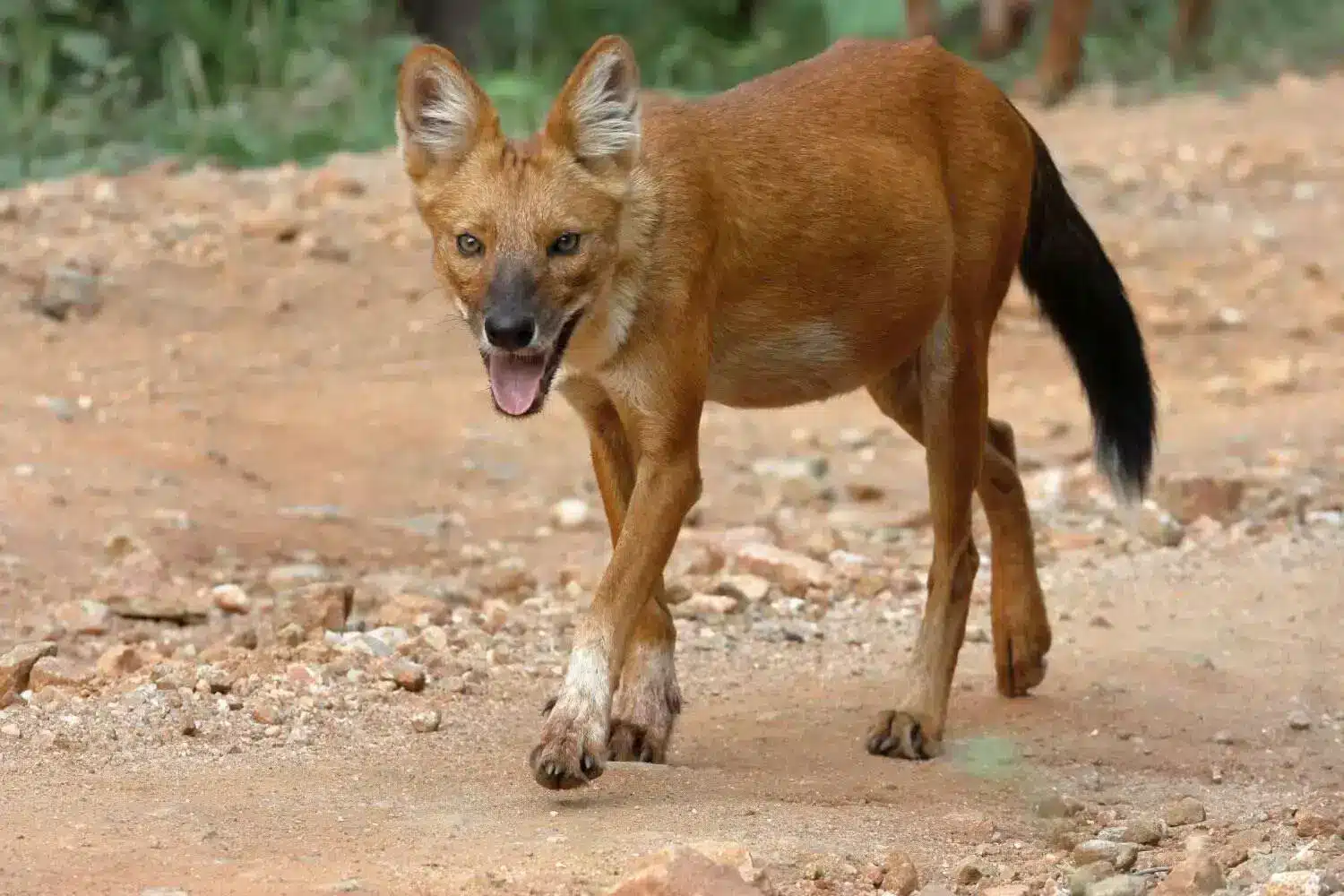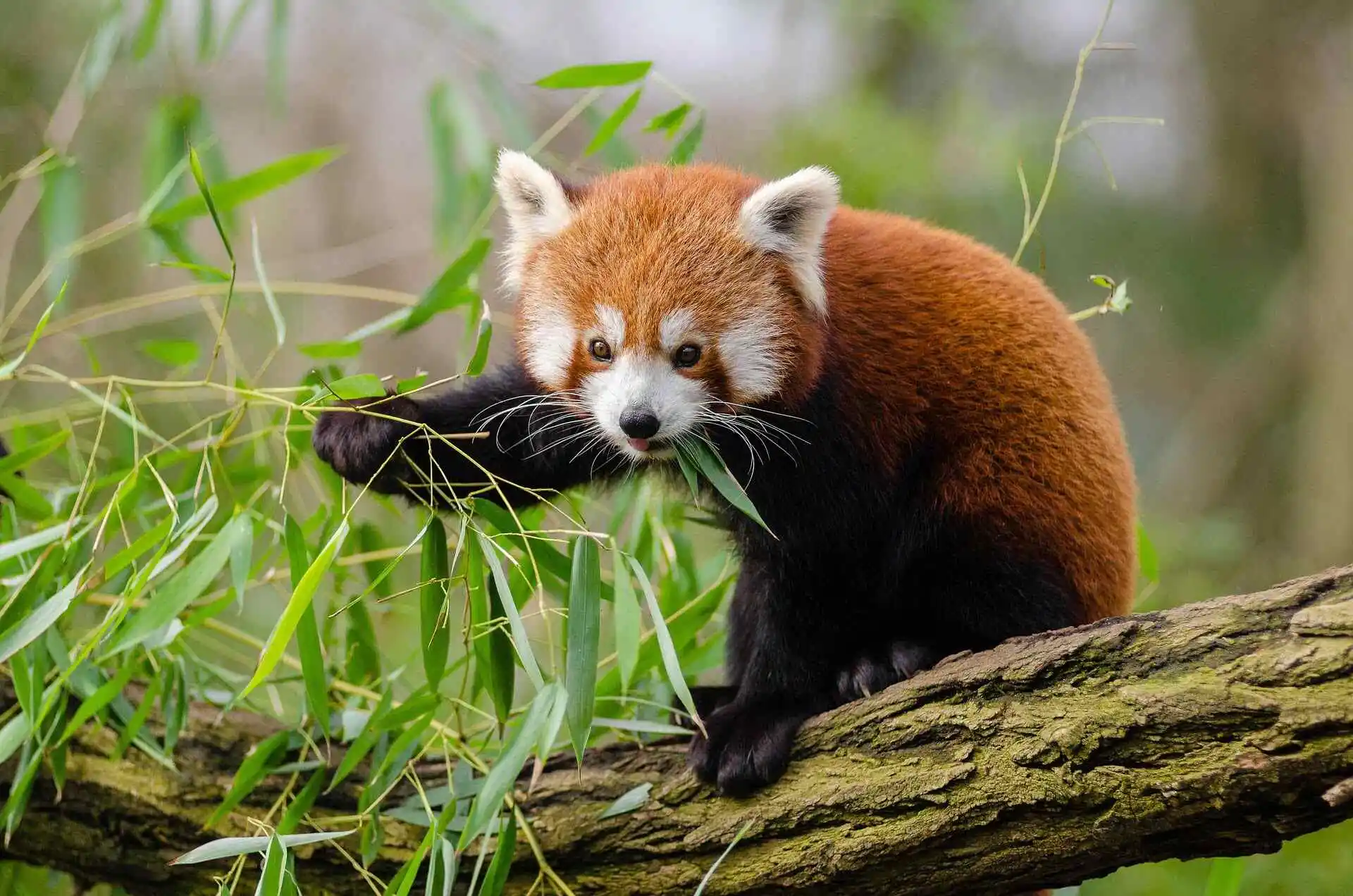Wildlife in India - Indian wildlife Species
Wildlife in India – A Detailed Guide with Wildlife Species
India, a land of diverse landscapes and rich cultural heritage, is also a treasure trove of wildlife. From the snow-capped Himalayas to the sun-kissed beaches of the south, the country boasts a staggering variety of species, making it a paradise for nature enthusiasts and wildlife lovers.
Geographic Diversity and Wildlife Habitats
India’s diverse geography, encompassing mountains, plains, forests, deserts, and coastlines, provides a wide range of habitats for various wildlife species. This diversity has contributed to the country’s remarkable biodiversity.
Key Wildlife Habitats in India
Himalayan Region: Home to snow leopards, Himalayan black bears, musk deer, and various bird species.
Western Ghats: A biodiversity hotspot known for its unique flora and fauna, including tigers, elephants, and endemic species like the Nilgiri tahr.
Central Indian Highlands: Dense forests supporting tigers, leopards, sloth bears, and a variety of ungulates.
Eastern Himalayas: A region with diverse ecosystems, including dense forests, grasslands, and wetlands, inhabited by various primate species, elephants, and tigers.
Thar Desert: A harsh environment supporting unique desert adaptations, with species like the Indian wolf, desert fox, and various reptiles.
Coastal Regions: Mangrove forests, coral reefs, and marine ecosystems teeming with diverse marine life, including dolphins, whales, and sea turtles.
Some of the most famous wildlife species found in India include
Tiger: A majestic predator and national symbol of India, tigers are found in various national parks and tiger reserves across the country.
Elephant: The largest land mammal in Asia, elephants are found in various habitats, including forests, grasslands, and wetlands.
Leopard: A smaller but agile cat species, leopards are found in a variety of habitats, from forests to urban areas.
Sloth Bear: A unique bear species with a distinctive hump on its back, sloth bears are found in central and southern India.
Rhino: India is home to two species of rhinoceros – the one-horned Indian rhinoceros and the great one-horned rhinoceros.
Crocodile: Several species of crocodiles, including the saltwater crocodile and the mugger crocodile, are found in India’s rivers, lakes, and coastal areas.
Popular Wildlife Safari Packages in India
Wildlife Conservation Efforts in India
India has made significant strides in wildlife conservation, establishing numerous national parks, wildlife sanctuaries, and tiger reserves to protect its diverse wildlife. However, challenges such as habitat loss, poaching, and human-wildlife conflict persist.
Wildlife Species of India
India is renowned for its iconic wildlife species, many of which are endangered or threatened. These species play a crucial role in maintaining the ecological balance of the country’s ecosystems.
India is the land of national parks, tiger reserves, and wildlife sanctuaries. India is very rich in its wildlife. Collectively, India has more than 1000 protected areas, including national parks, wildlife sanctuaries, elephant reserves, and other conservation and community reserves.
Tiger Reserves are generally constituted by joining National Parks and Wildlife Sanctuaries, so Tiger Reserves are not counted directly in the protected areas of India.
All these protected areas cover more than 1,75,000 sq km, which is approximately 5.32% of the whole country’s area.
With so much protected area, India is an amazing country for wildlife, wildlife lovers, and photographers. Also, India is home to a wide range of wildlife that includes mammals, birds, reptiles, various species of herbs and plants holding medicinal importance, and most importantly, the top predators in the food chain, “The Big Cats.”.
India hosts the 3 prime big cats of the Felidae family; they are tigers, lions, and leopards. Along with these big cats, there are many medium-sized wild cats that roam in the Indian jungle and can be spotted in the forest. Below are some of the most amazing type of wildlife species that can be found in India.
Top Big Cats of India
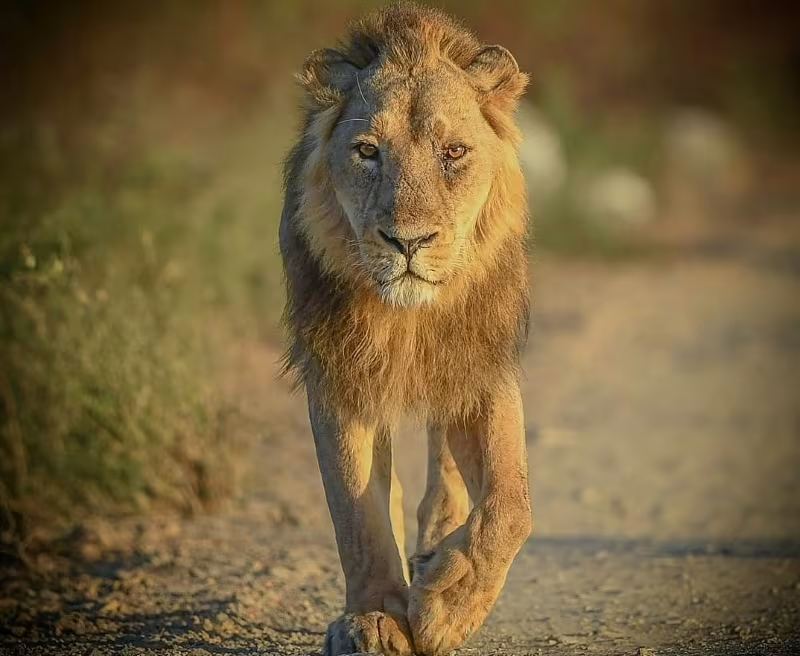
Asiatic Lion
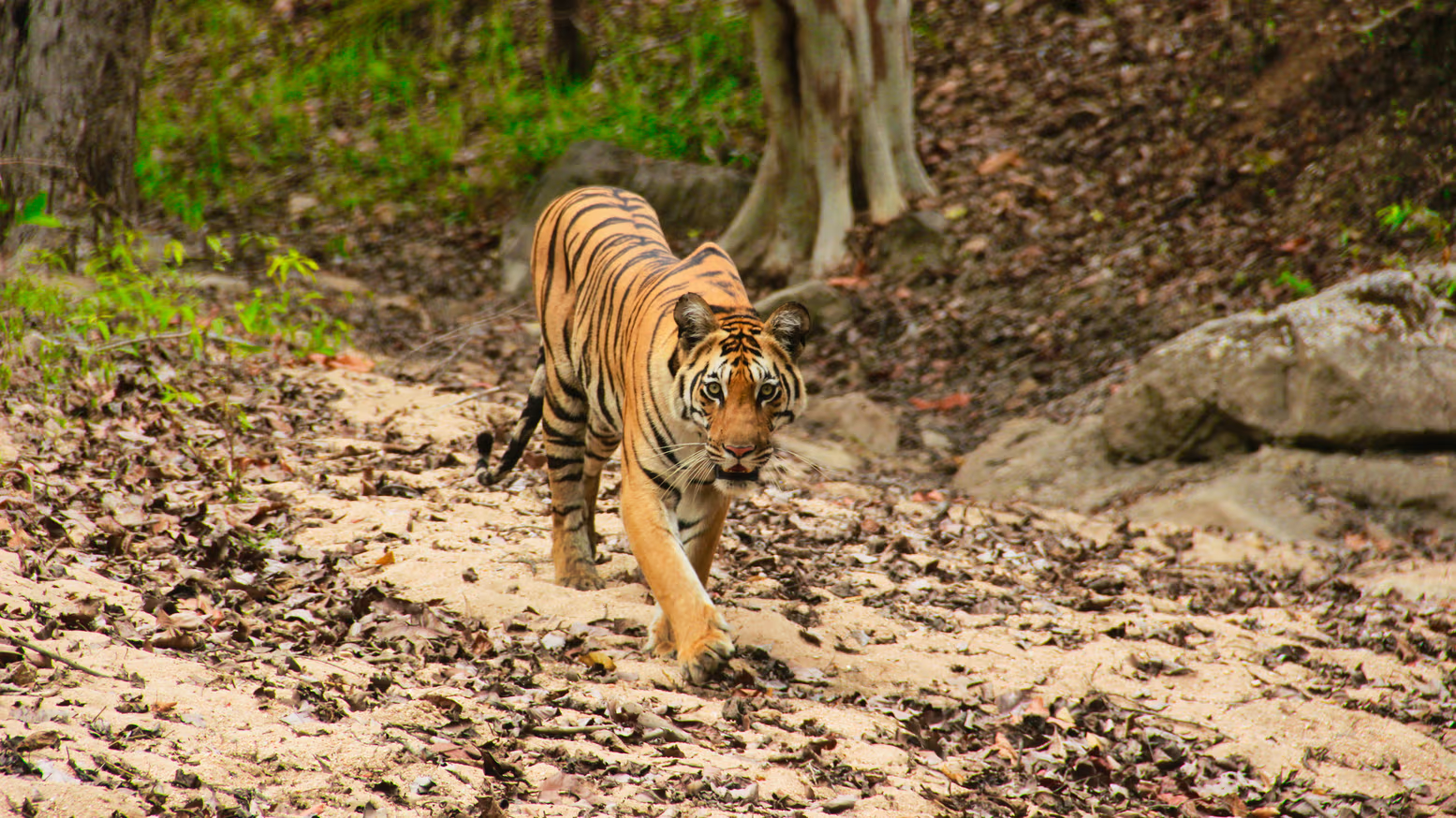
Royal Bengal Tiger
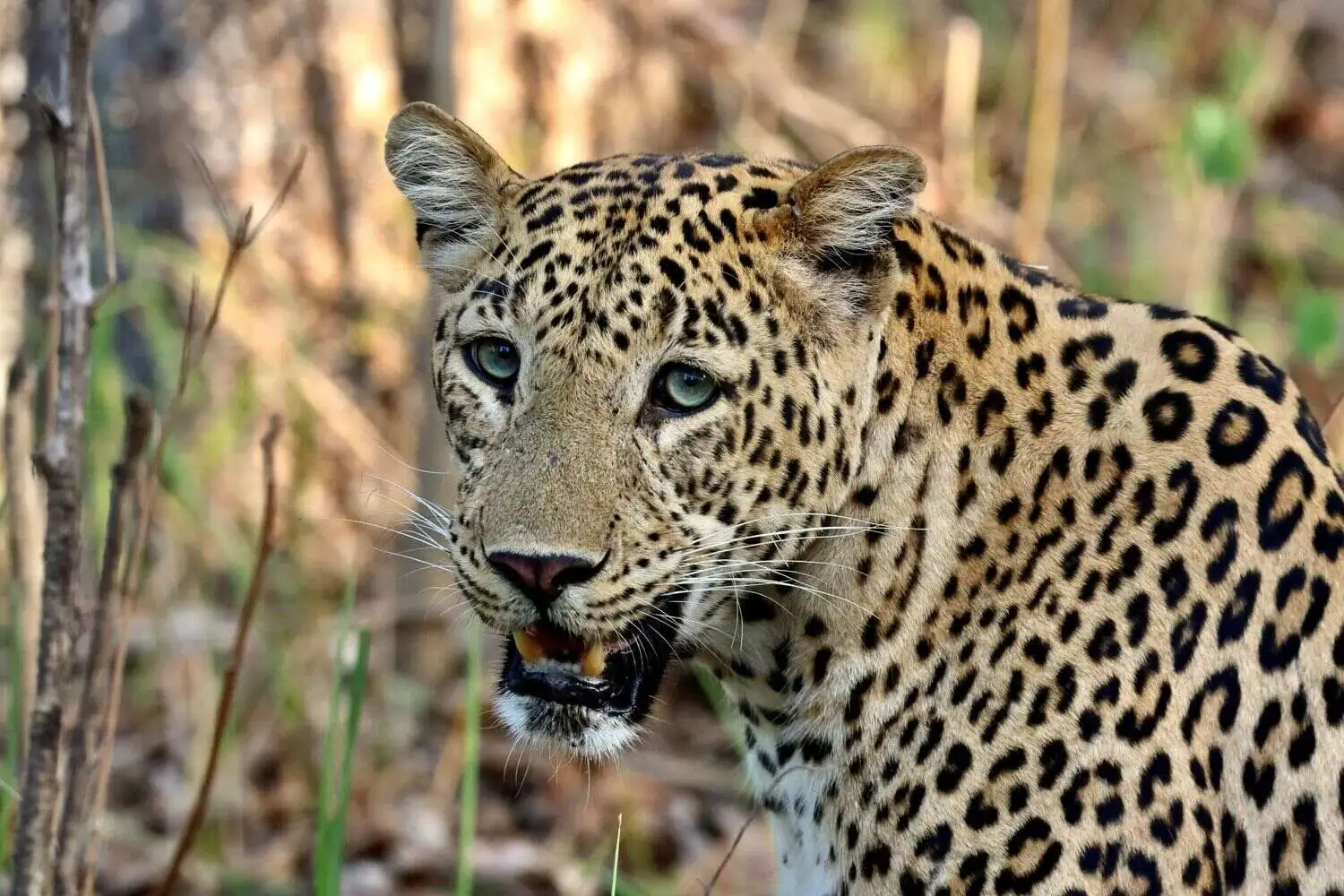
Indian Leopard
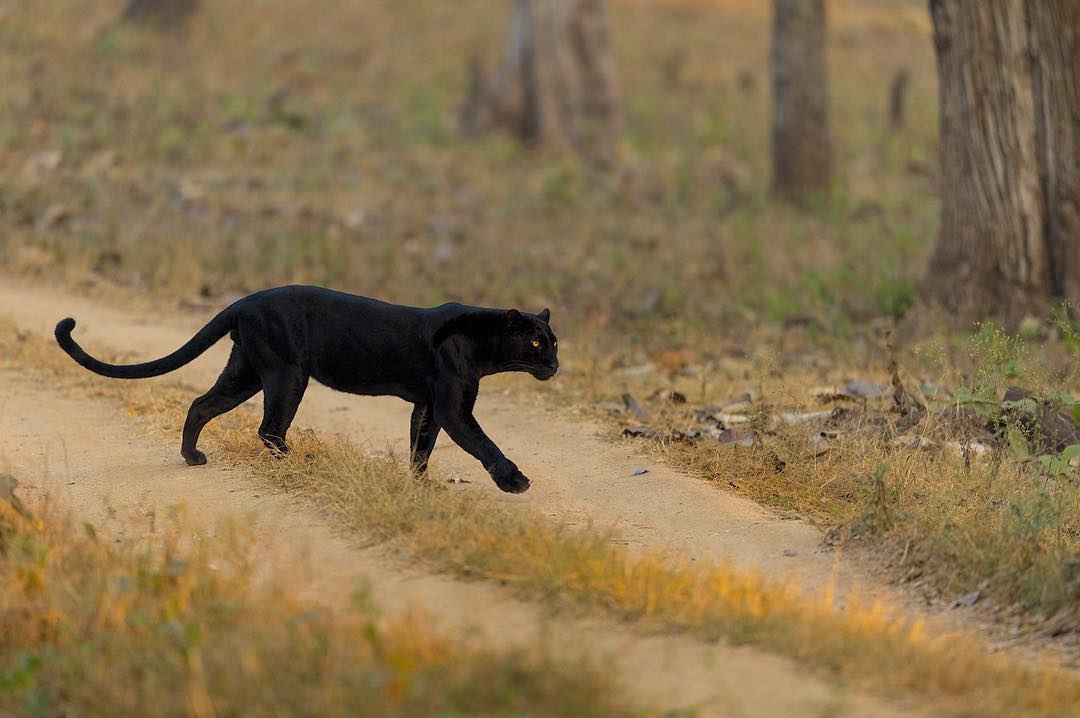
Black Panther
Medium-sized Wild Cats of India

Clouded Leopard
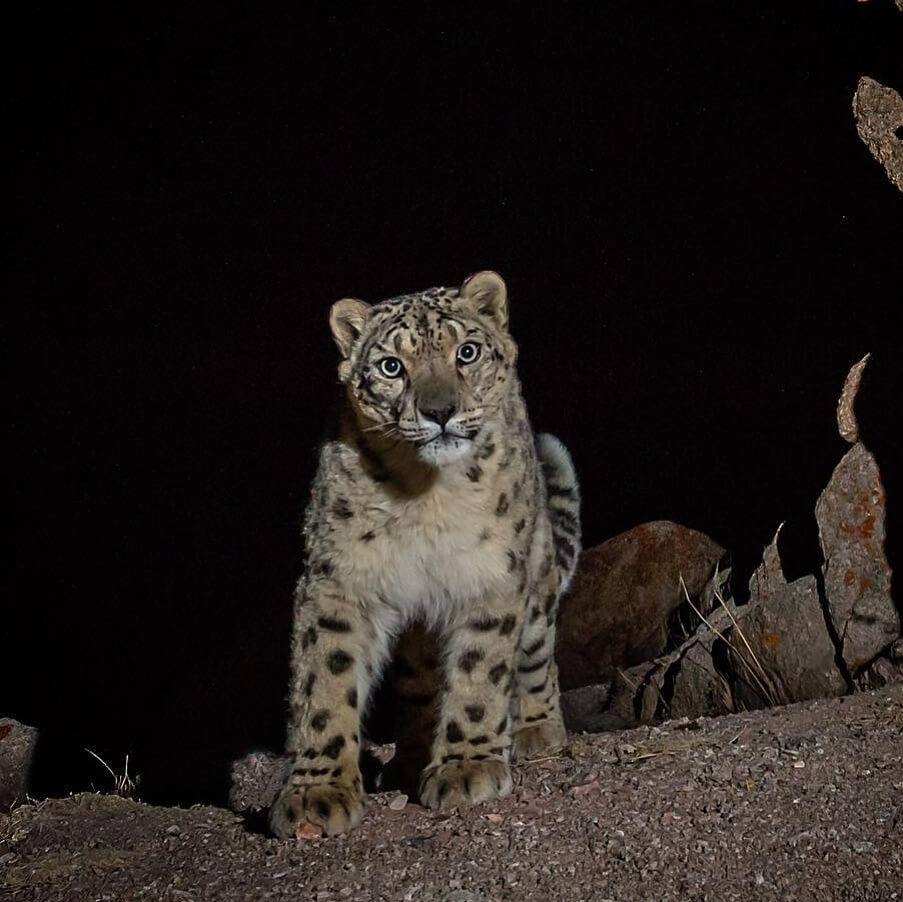
Snow Leopard
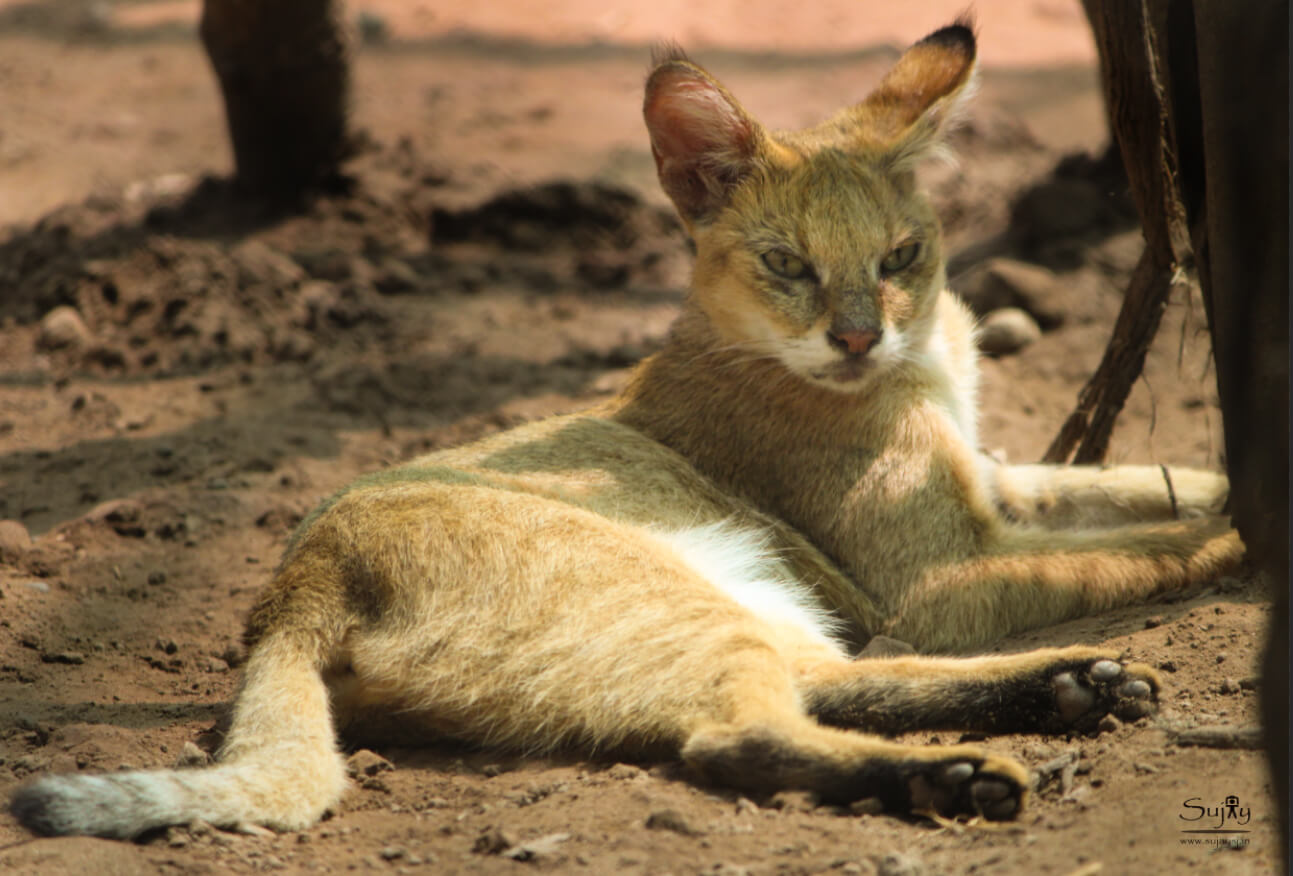
Jungle Cat

Caracal Cat
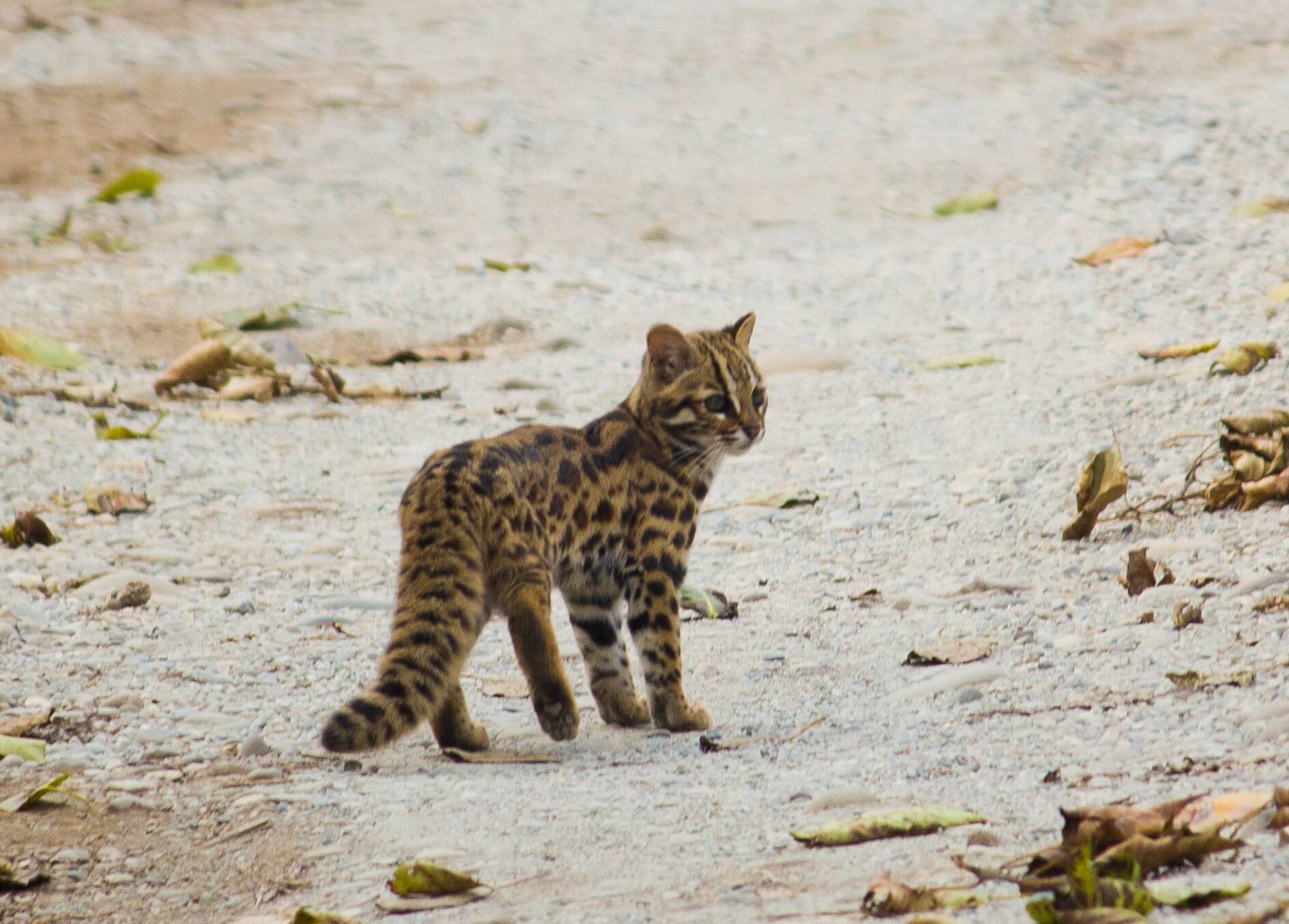
Leopard Cat
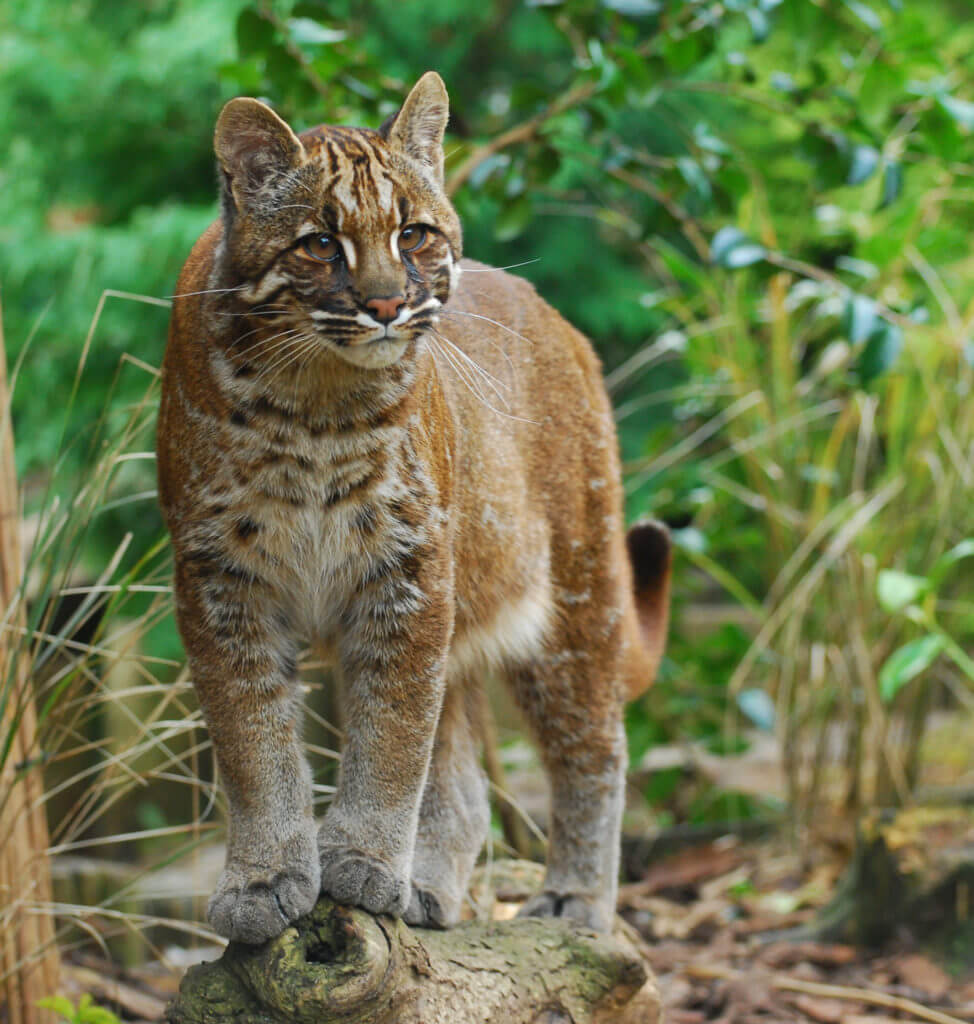
Golden Cat
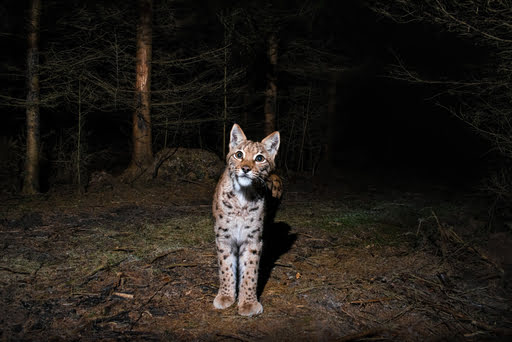
Lynx
Marble Cat
Other wildlife in India
India’s wild habitats are home to more than just big cats and large herbivores. From elusive reptiles and shy mammals to powerful scavengers and expert climbers, the country’s diverse landscapes support an incredible range of wildlife. India is home to a variety of Wildlife, Flora & Fauna including many endangered & critically endangered wild species
Mammals in India
India boasts an incredible variety of mammals, ranging from massive herbivores to elusive predators. These animals thrive in forests, grasslands, mountains, and wetlands across the country. Each species, whether common or rare, plays a unique role in the ecosystem and adds to the richness of India’s wildlife heritage.
One Horned Rhino
The one-horned rhinoceros, also known as the Indian rhinoceros, is native to the Indian subcontinent. It prefers the tall grasslands and riverine forests of Assam, West Bengal, and parts of Nepal.It is a conservation success story, with growing numbers in protected parks like Kaziranga and Pobitora.
Indian Elephant
The Asian elephant is smaller than its African cousin and is found throughout India, Sri Lanka, and parts of Southeast Asia. These social mammals live in herds and are often seen in forested regions and grasslands.It is an endangered species, largely due to habitat loss.
Wild Water Buffalo
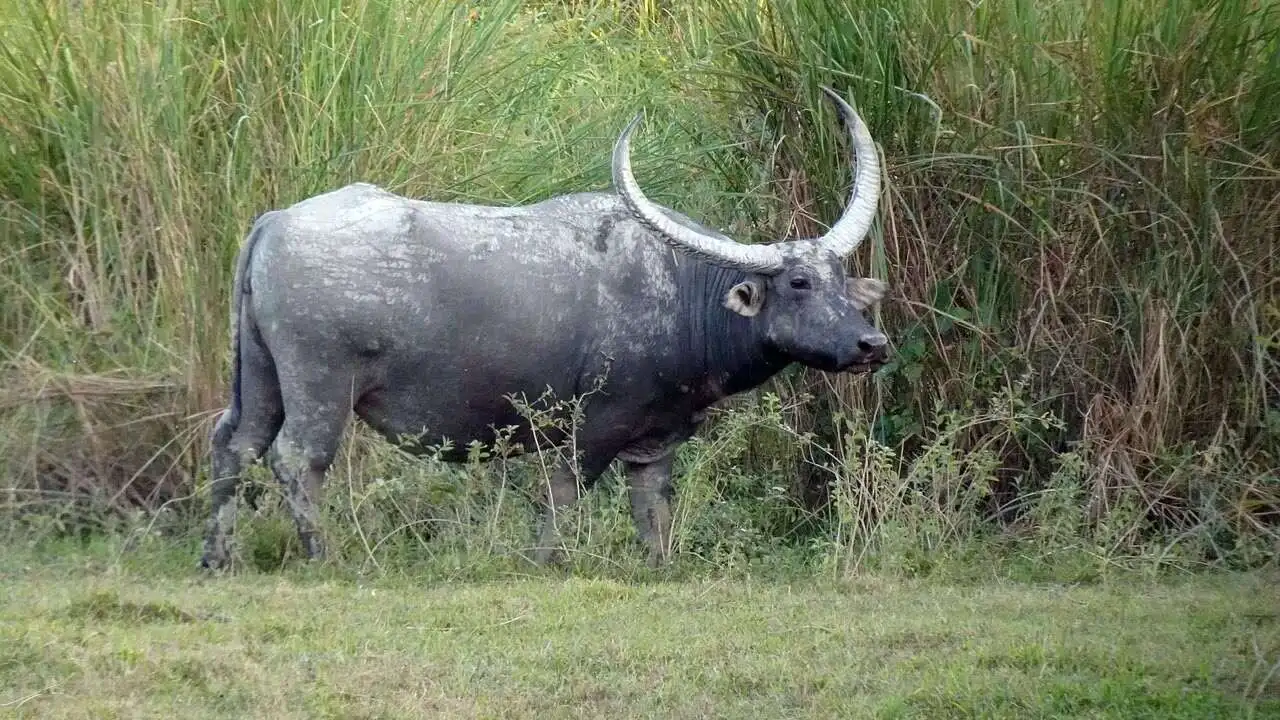
The wild water buffalo is a massive bovid found in northeastern India, especially in Assam. It prefers wet grasslands, swamps, and river valleys. Known for its wide horns and muscular frame, this species is listed as endangered due to hybridization with domestic buffalo.
Sloth Bear
The sloth bear is a shaggy-coated bear found across India and Sri Lanka. It inhabits forests and grasslands and feeds primarily on termites, honey, and fruits. They are mostly nocturnal and are known for their loud snorting sounds while foraging.
Indian Gaur/Bison
The Indian gaur, often called the Indian bison, is the largest wild cattle species in the world. Native to South and Southeast Asia, it lives in deciduous forests and grasslands. Males can weigh up to 1,500 kg. Gaur are peaceful grazers but can be aggressive when provoked.
Sambar Deer
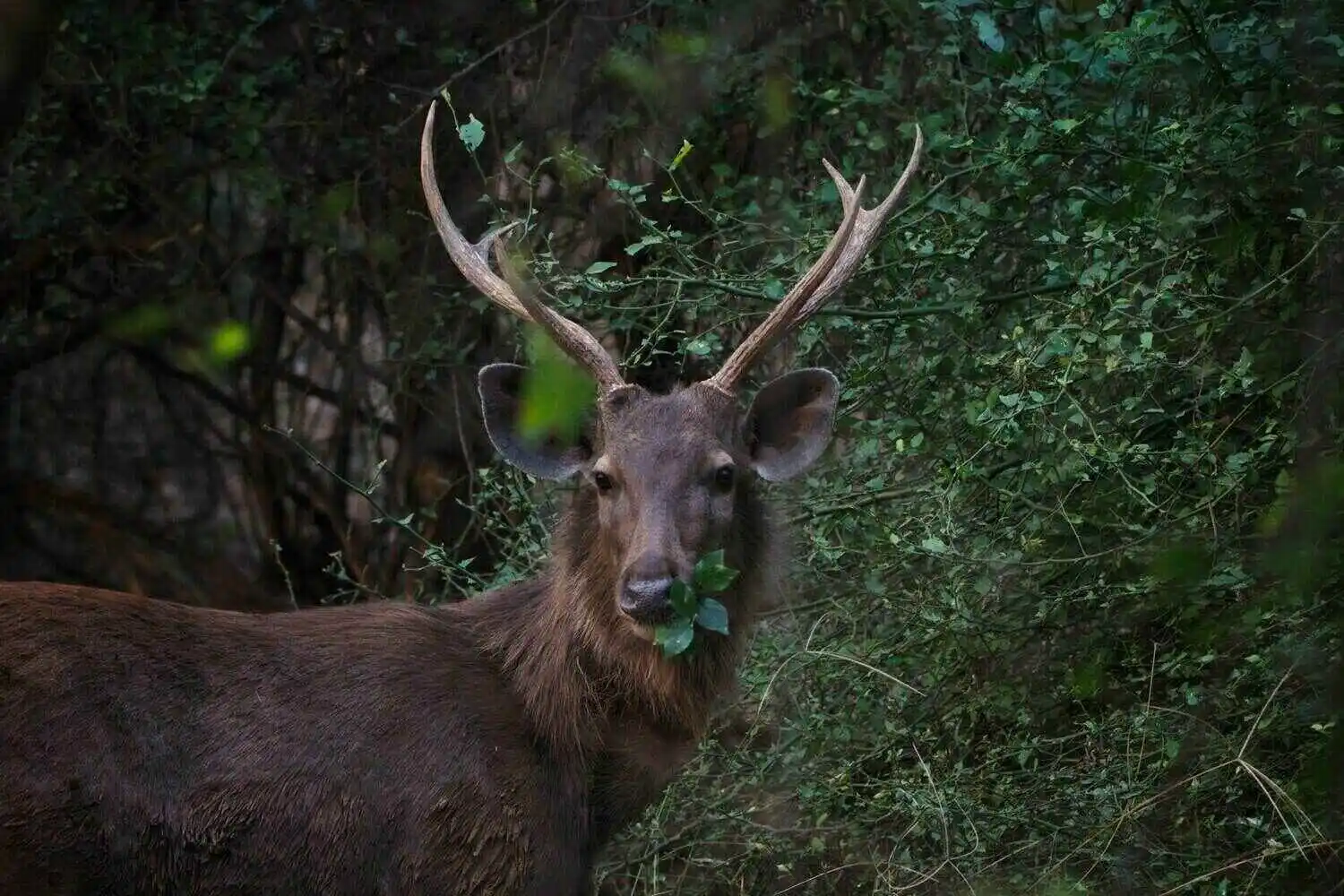
The sambar is a large deer species native to the Indian subcontinent. It prefers thick forests and hilly terrain and is often found near water. Males have rugged antlers and can weigh up to 300 kg. It is a primary prey species for tigers and leopards.
Hangul
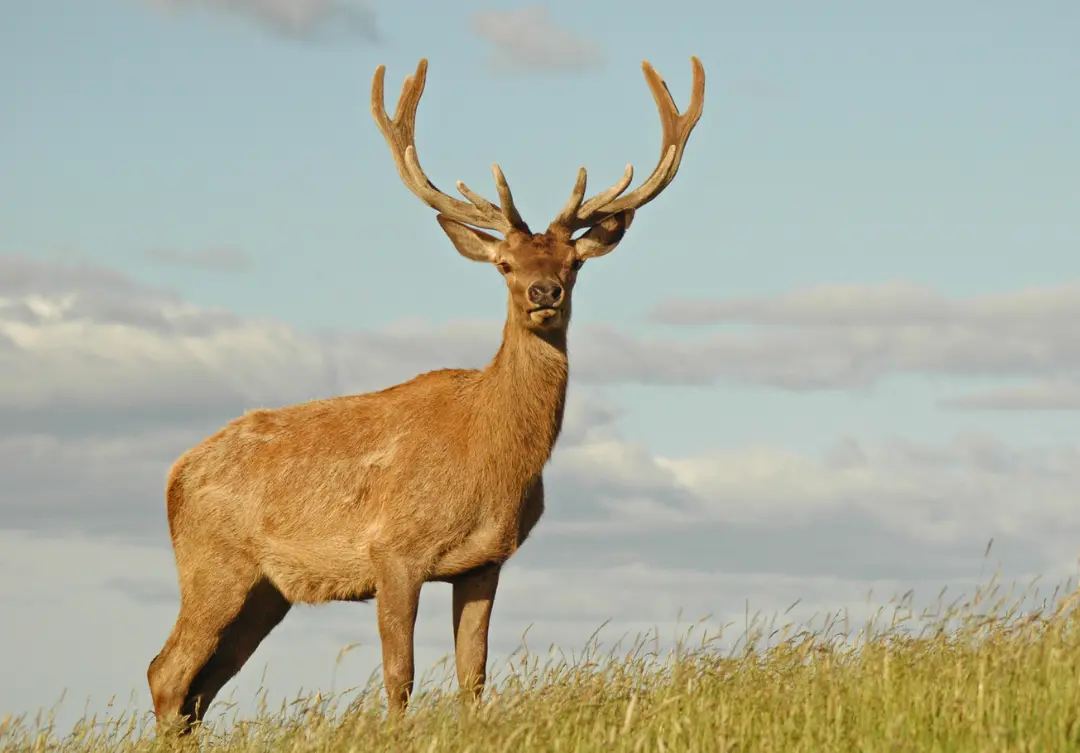
Hangul, also known as the Kashmir stag, is a rare subspecies of red deer found only in the dense forests of Kashmir’s Dachigam National Park. Males grow impressive antlers with 11–16 tines. With fewer than 300 individuals left, it is one of India’s most critically endangered mammals.
Lion-Tailed Macaque
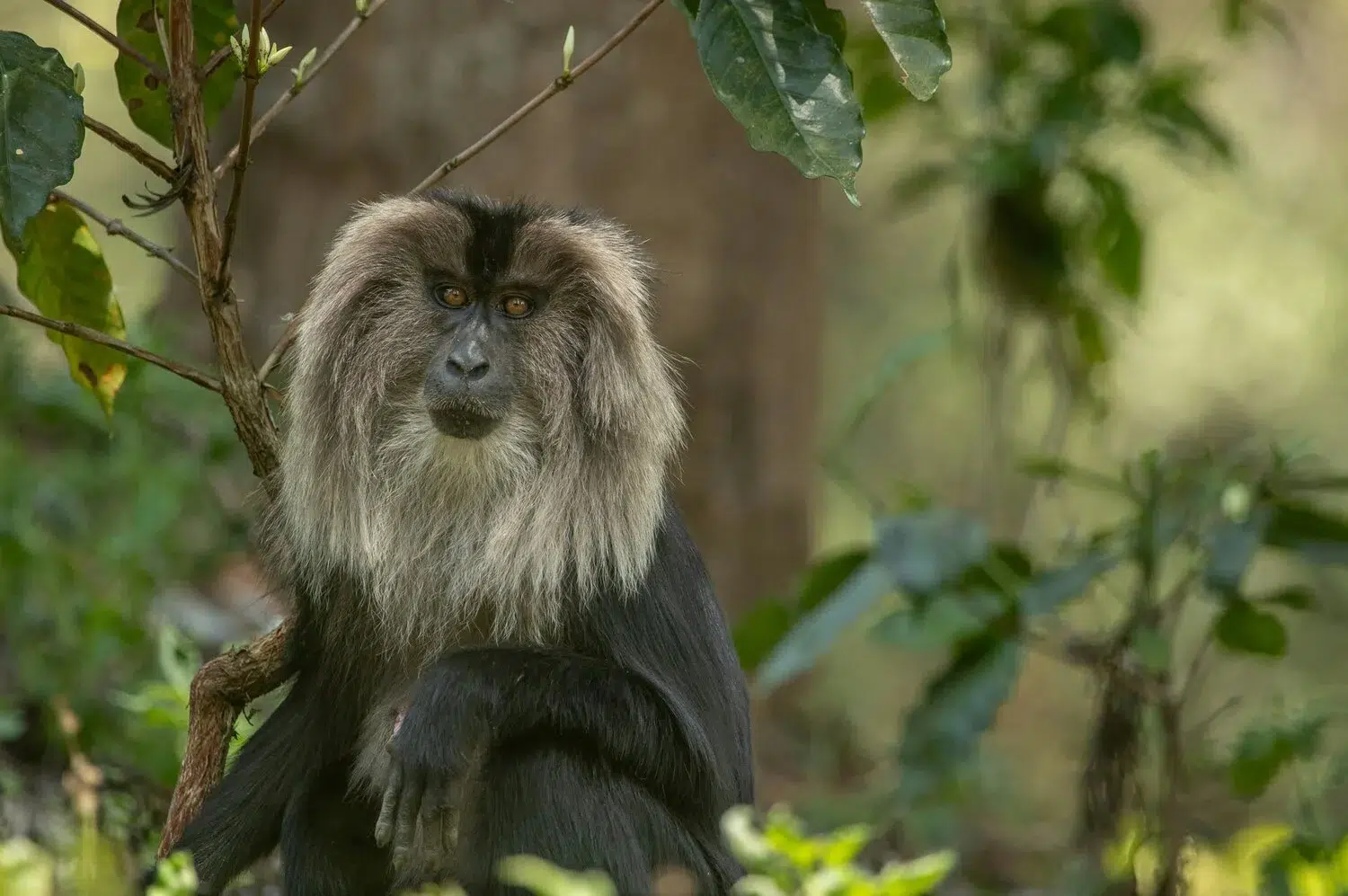
This rare primate is endemic to the Western Ghats of India. It is named after its lion-like tail tuft and has a striking silver-white mane. The lion-tailed macaque prefers dense, wet evergreen forests and is primarily arboreal. It is endangered due to habitat fragmentation and deforestation.
Golden Jackal
The golden jackal, also known as the Indian jackal, is found across the Indian subcontinent, from forests to semi-arid zones. It is a highly adaptable scavenger and hunter, often seen near human settlements. Jackals live in pairs or small packs and feed on rodents, reptiles, and leftovers.
Wild Dog
Also known as the dhole, the Indian wild dog is a highly social and skilled hunter found in forested areas across central, southern, and northeastern India. It has a reddish coat, bushy tail, and a whistle-like call. Dholes live in packs and can bring down prey much larger than themselves.
Red Panda
The red panda is a small, tree-dwelling mammal found in the eastern Himalayas and parts of northeastern India, especially in Sikkim and Arunachal Pradesh. It has reddish-brown fur, a long bushy tail, and a waddling gait. The species is endangered due to habitat loss and poaching.
Reptiles in India
India also has a wide range of Reptiles ranging from a Garden Lizard to King Kobra and Monitor Lizards. India hosts more than 600 species of Reptile and some of them are very rare to spot and marked critically endangered in the IUCN List
List of Reptiles in India
King Cobra
King cobra is one of the most dangerous snakes in the whole world. It can be commonly found in India and throughout Southeast Asia. It can grow up to 13.1ft. It has a lifespan of between 17 and 20 years.
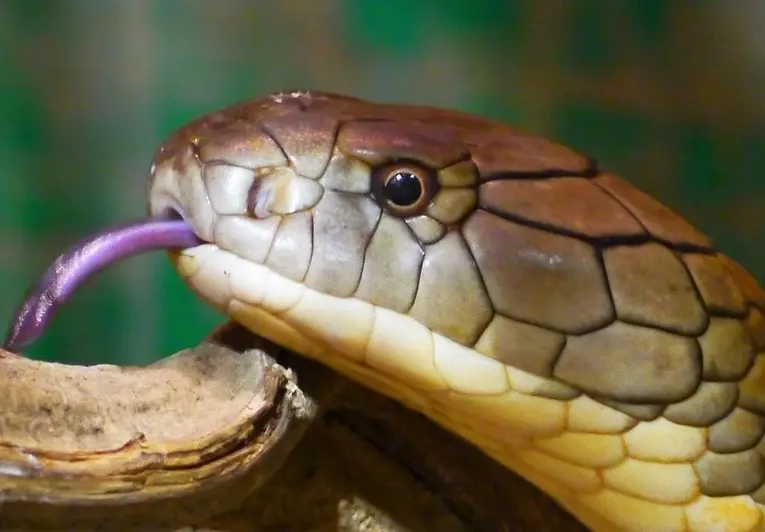
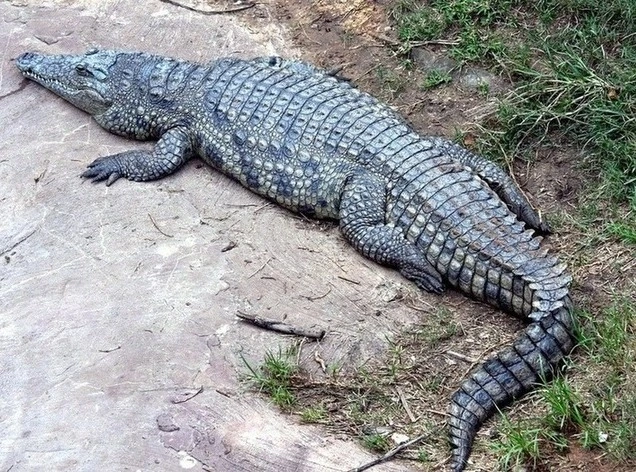
Marsh Crocodile
Marsh Crocodiles are also known as Mugger Crocodile. They have the broadest snout among living crocodilians. Marsh crocodile’s main diet consists of fish, birds, and mammals. It can live up to 45 years. They are commonly found in Asia, Mostly in India.
Saltwater Crocodile
Salt Water Crocodile are mostly found in Southeast Asia. Male Salt Water Crocodile can grow to a length of 6 meters, whereas a female can grow to 3 meters. Like any crocodile species, they too are hyper carnivorous hunters. They have a life span of 70 Years
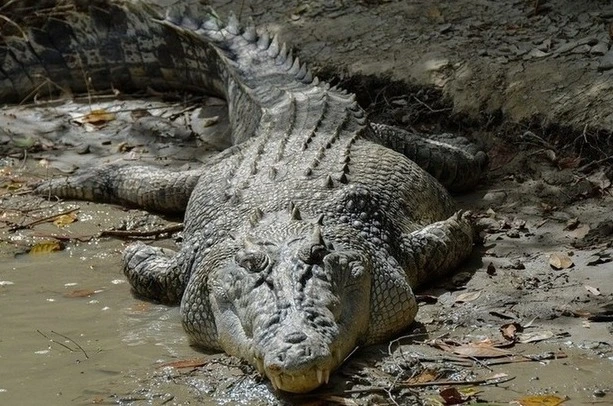
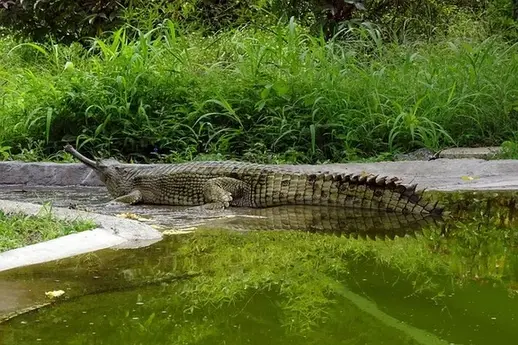
Gharial
The Gharial is also known as Fish-eating Crocodile. The female of Gharial can grow up to 4.5 meters whereas males can grow up to 3-6 meters. Sharp interlocking teeth and long narrow scout are their special features. The life span of Gharial is not exactly known and is thought to have 50-60 years.
Bengal Monitor Lizard
Bengal Monitor Lizard is also known as Common Indian Monitor. They are commonly found in Southeast and West Asia, especially in India. They can grow up to 175 cm. The lifespan of the Bengal monitor lizard is 22 years.
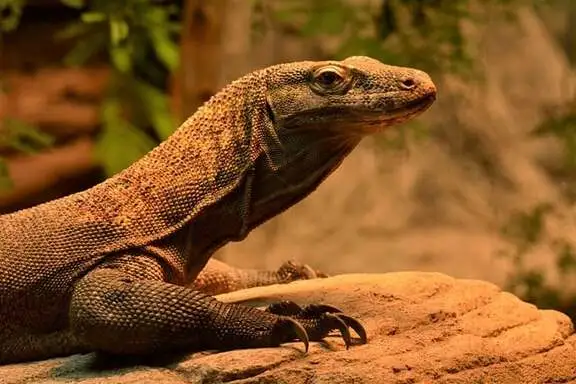
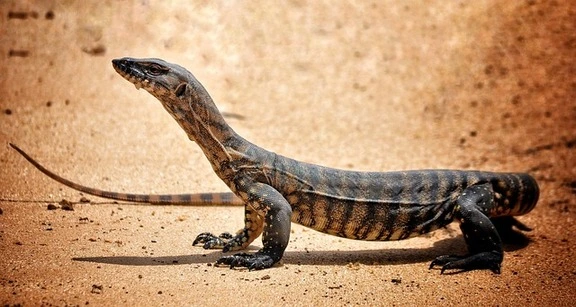
Monitor Lizard
There are about 80 species of Monitor Lizards all over the World. They can grow up to a length of 3 meters, some species can grow up to 7 meters, but they are now extinct. The lifespan of Monitor Lizard is 5 Years.
Water Monitor
Common Water Monitor is also known as the Asian Common Monitor. It is commonly found in Northeast India and Srilanka. Male Water Monitor can grow up to 1.5-2 meters whereas females are comparatively smaller. The lifespan of the Water Monitor is 20 years.
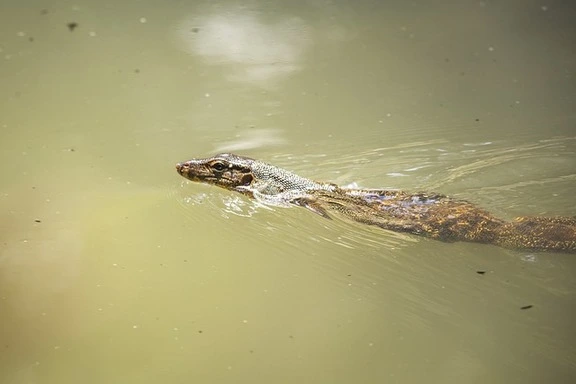
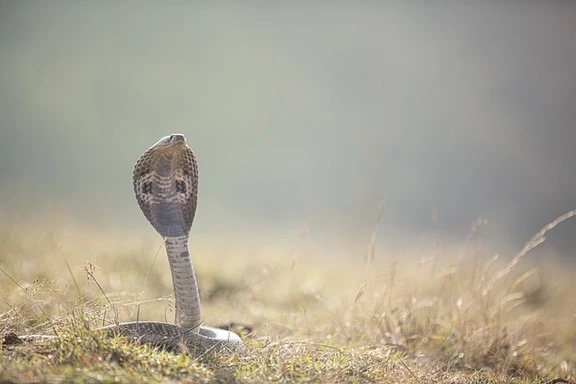
Indian Cobra
The Indian cobra is also known as Asian Cobra. It is commonly found in India, Pakistan, & Bangladesh. It can grow up to a length of 1-2 meters. Indian Cobras can live a lifespan of up to 3 Years.
Russell’s Viper
The Russell’s Viper is commonly found in Asia, mostly in India, China, & Taiwan. They are considered as one of the most dangerous Snakes in India. They can grow up to a length of 5.5 ft, but the average length is 4 ft. The Russell’s Viper has a lifespan of 15 years.
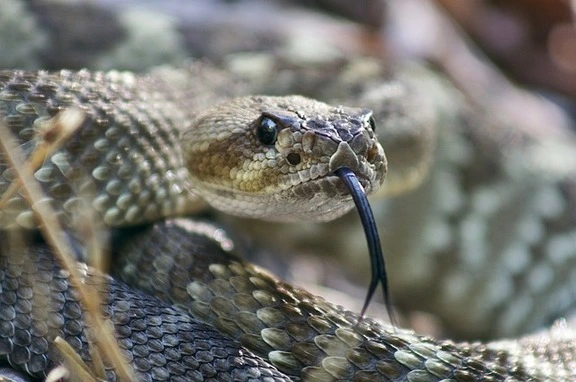
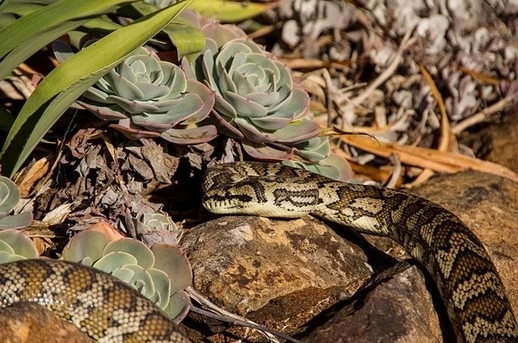
Rock Python
Rock python is a non-venomous Snake. But it is as dangerous as any venomous Snakes. They are mostly found in Africa and in India. They can grow up to or more than 6 meters. It has a lifespan of 30 years.
Indian Softshell Turtle
Indian softshell Turtle is also known as Gange’s softshell Turtle. They are commonly found in India, in the vicinity of rivers Ganges. They can grow up to a length of 94 cm. The lifespan of the Indian Soft Shell Turtle is 50 Years.
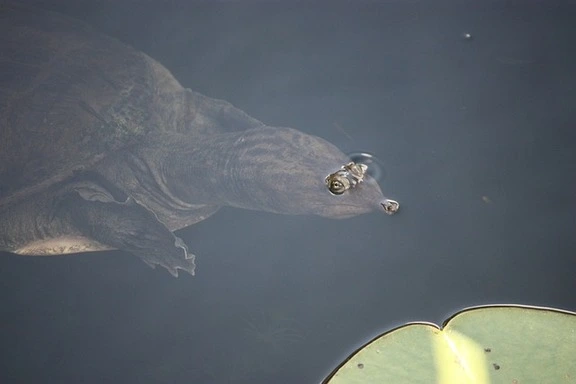
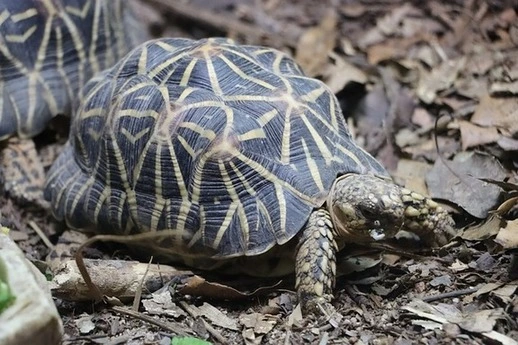
Olive Ridley Sea Turtle
The Olive Ridley Sea Turtle is also known as Pacific Ridley Sea Turtle. It is commonly found near the coastal areas of Pacific and Indian Ocean. They can grow up to 61 cms and They are the second smallest among the Tortoise family. The life expectancy is 50 Years.
Indian Star Tortoise
The Indian Star Tortoise is commonly found in India, Pakistan, and Srilanka. They are an endangered species Tortoise. They can grow up to 10 inches. The patterns on its shell is highly attractive. It can live up to 30-50 Years.

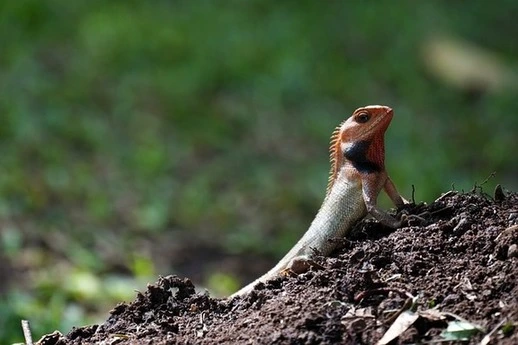
Indian Chameleon
The Indian Chameleons are mostly found in India and Srilanka. They can change color rapidly in ease. They can grow up to a length of 7 inches and tail can have a length up to 8 inches. The lifespan of Indian Chameleon is between 2-3 Years.
Birds of India
There are more than 1300 types of Birds native to India and a wide range of Migratory birds that visit India every year. Right from the Himalayas to the western ghats and from Great Rann of Kutch to the North-East states of seven sisters, the skies of India see a variety of feathers.
Types of birds in India can be further classified into two categories. Native Indian Birds and Migratory Birds. Native Indian Birds are the type of birds residing permanently in India, Where are migratory birds are the birds of other continents who visit India during their migration from one continent to another every year.
Birding in India is a great experience, whether you’re just a nature lover or someone who enjoys spotting rare birds in the wild.
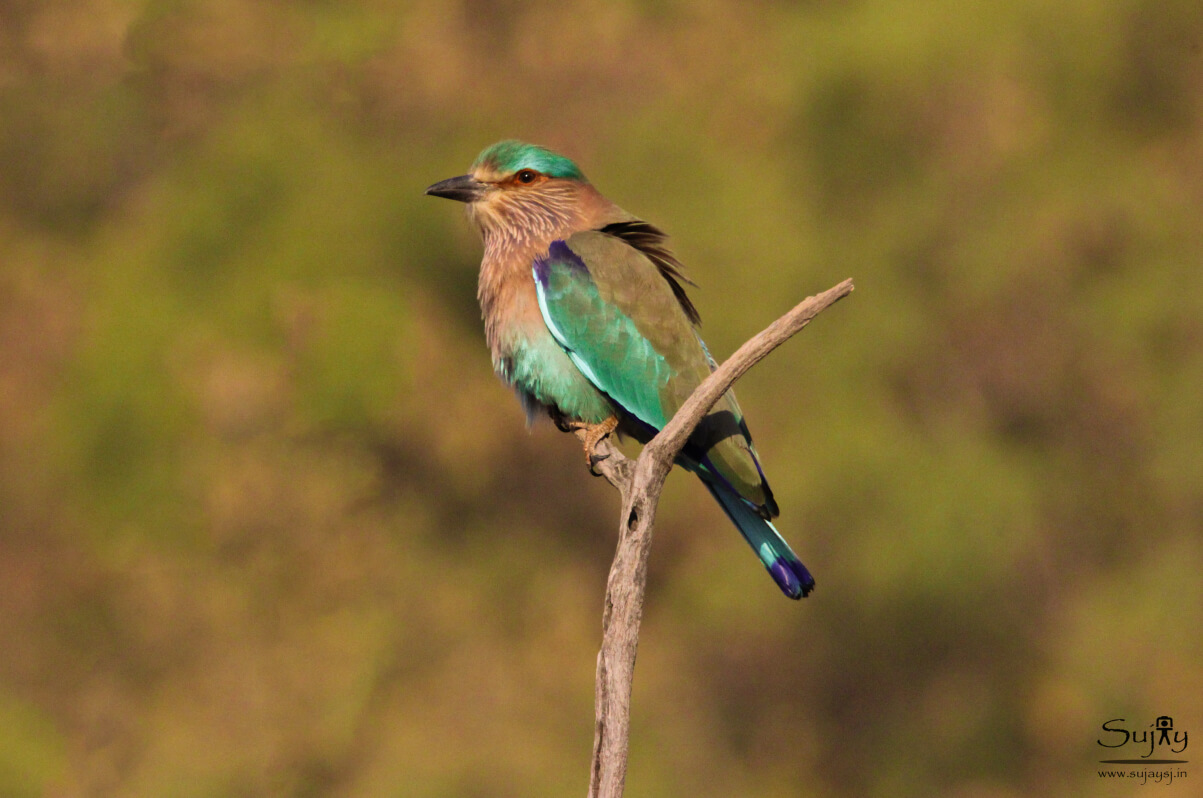
Birds of India
Top Indian Birds (Native)
Birds that are endemic to a certain geographic location or region are known as native birds. They are also referred to as endemic birds.
The Great Hornbill
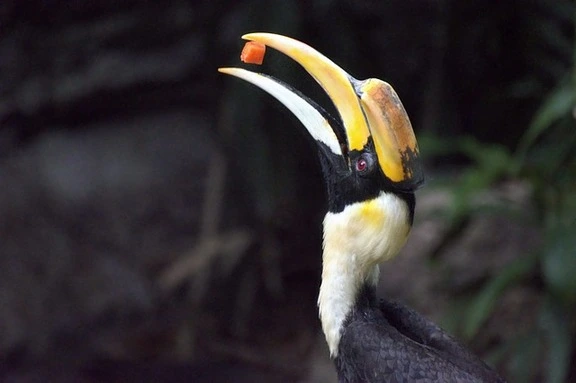
The great hornbill is one of the hornbill family’s stronger members. It is found throughout the Indian subcontinent as well as Southeast Asia. The Kerala government designated it as the official state bird. It is a huge bird, measuring 95–130 cm in length and weighing 2–4 kg.
Great Indian Bustard
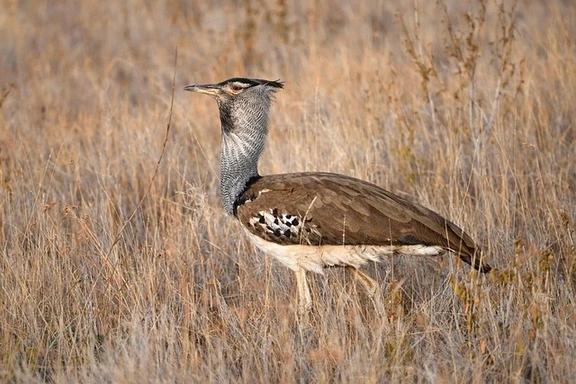
The Great Indian Bustard is a huge bustard-like bird endemic to the Indian subcontinent. It is one of the world’s most significant flying birds, at 1 to 1.2 meters tall and weighing 15 kg. It is the state bird of Rajasthan and lives in arid meadows and scrublands. It is India’s most severely endangered bird, with only around 150 remaining in its natural habitat.
Black-headed Stork
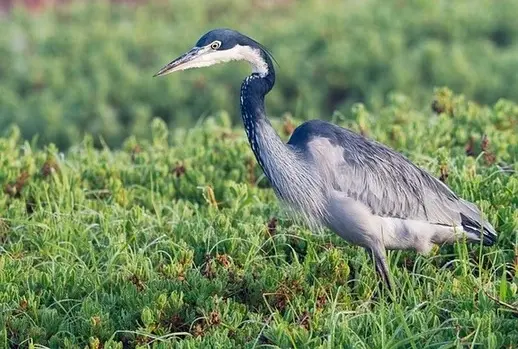
The black stork is an enormous bird in the Ciconiidae family of storks. From beak tip to tail end, the typical length is 95 to 100 cm. It is a wide-ranging but uncommon species that hatches at isolated sites throughout Europe.
Peacock
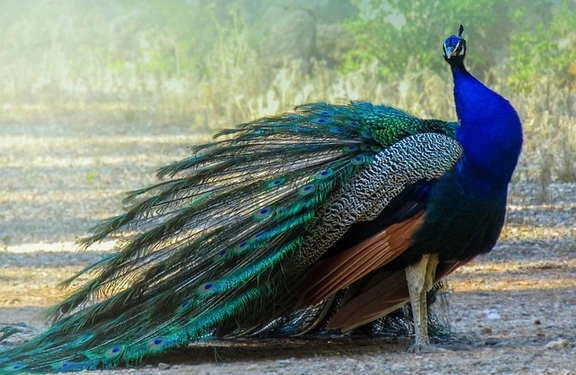
The great hornbill is one of the hornbill family’s stronger members. It is found throughout the Indian subcontinent as well as Southeast Asia. The Kerala government designated it as the official state bird. It is a huge bird, measuring 95–130 cm in length and weighing 2–4 kg.
The Painted Stork
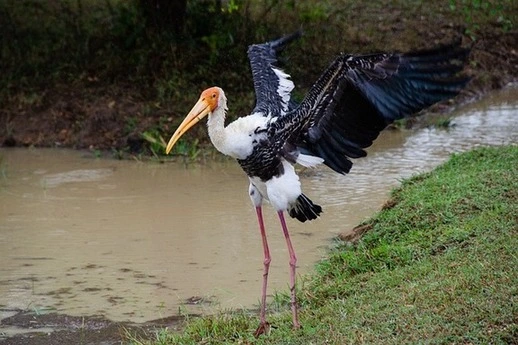
In the stork family, the painted stork is an enormous wader. It lives in the marshes of tropical Asia’s plains, south of the Himalayas in the Indian Subcontinent, and is spreading into Southeast Asia. They are named for their striking pink tertial wings.
Sarus Crane
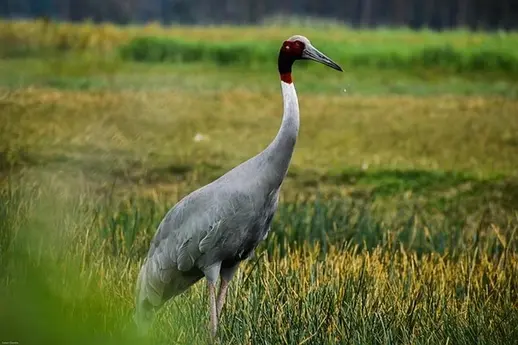
The sarus crane is a huge nonmigratory crane that may be found in regions of India, Southeast Asia, and Australia. They are the tallest of the birds that fly, rising up to 1.8 m tall, and are a prominent variety of extensive wetlands in South Asia.
Spot Billed Pelican
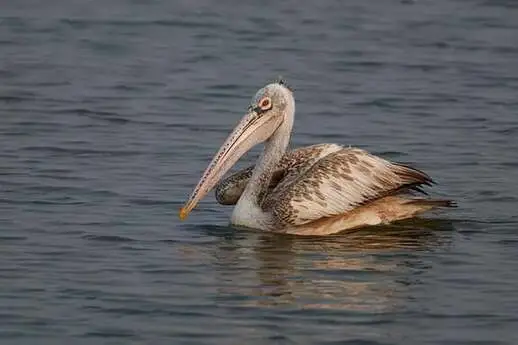
The gray pelican, sometimes known as the spot-billed pelican, is a member of the pelican family. It breeds throughout southern Asia, from southern Iran through India and east to Indonesia. It is 125–152 cm in length and weighs 4.1-6 kg. These birds breed in large colonies near residential areas in certain regions.
The Snow Goose
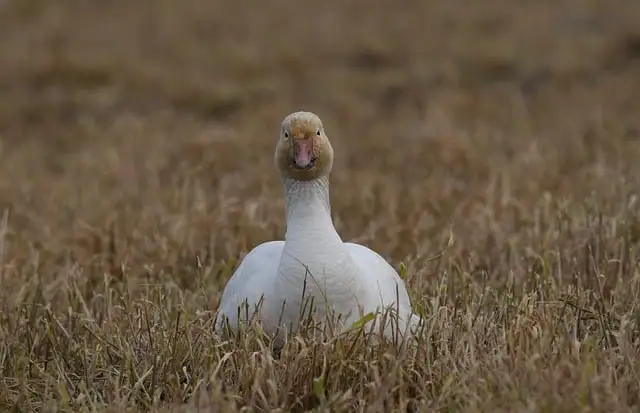
The snow geese are a goose species endemic to North America. There are both white and dark variants, with the latter commonly referred to as blue goose. They frequently nest in groups.
The Red Junglefowl
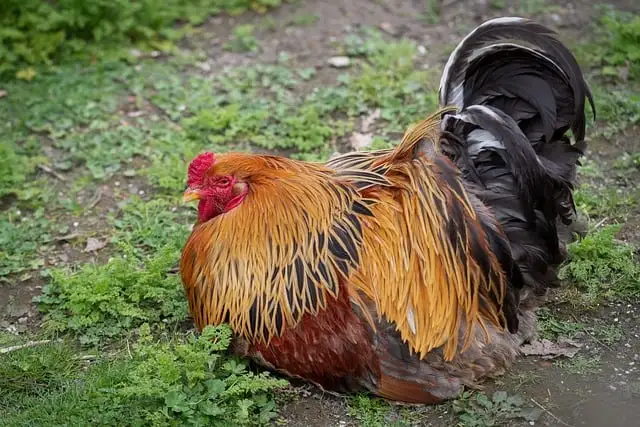
The red junglefowl is a tropical species in the Phasianidae family. The male rooster’s tail may grow to be 28 cm long, and the entire bird can reach 70 cm long. The red jungle fowl has a substantially lesser weight than the more recognized domestic chicken.
The Great Egret
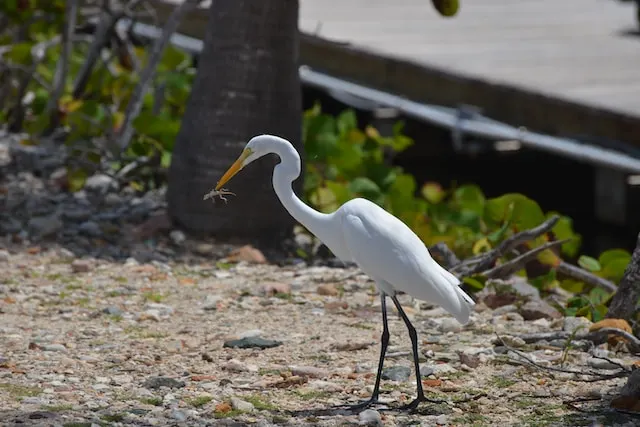
The great egret is a huge, widespread egret. It makes trees nest in colonies near water in most of the world’s tropical and warmer temperate regions. This species may grow to be up to 1 m tall, and its body mass is 1000g.
Indian Pitta
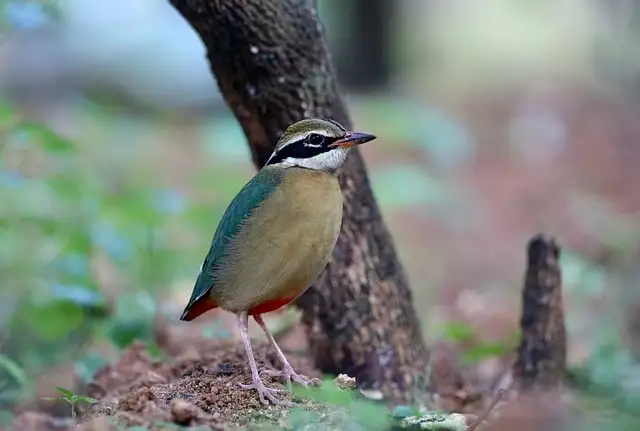
The Indian pitta is a passerine species found only in India. It lives in marginal jungle, deciduous woodland, and deep green forest. It develops in the Himalayan woods and hillsides of central and western parts of India and travels to other areas across the peninsula in winter to survive.
Indian Robin
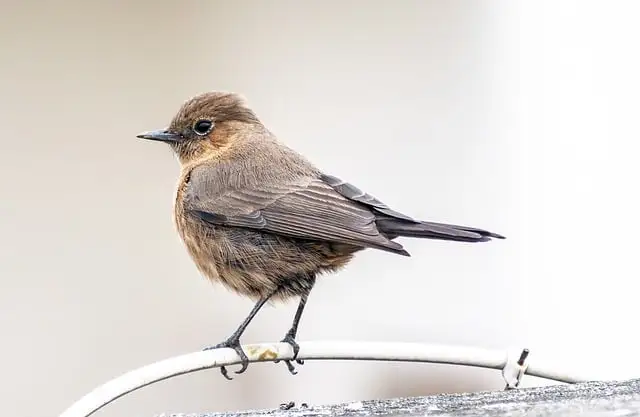
The Indian robin is a passerine species of the Muscicapidae family. It is found throughout the Indian subcontinent, including Bangladesh, Bhutan, India, Nepal, Pakistan, and Sri Lanka. Several subspecies are named after variations in appearance.
The Indian Vulture
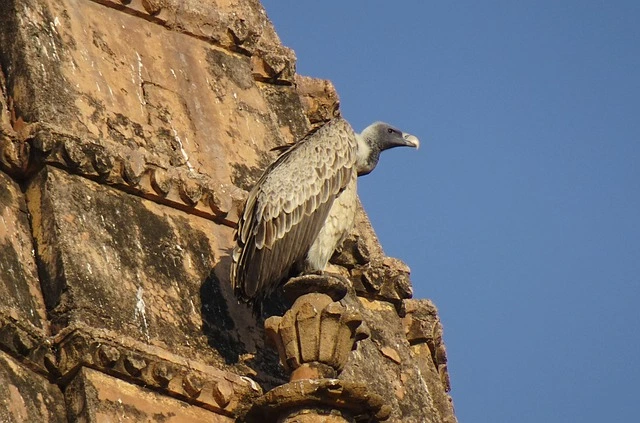
The Indian vulture is a species of Old World vulture found in India, Pakistan, and Nepal. The IUCN Red List has classified it as critically endangered due to a catastrophic drop in population. The Indian vulture is a medium-sized, hefty bird.
Indian Paradise Flycatcher
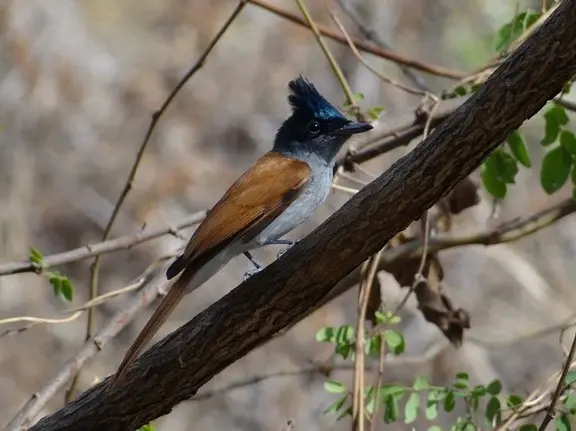
It is a medium-sized passerine bird that is endemic to Asia and is extensively scattered there. The worldwide population is classified as Least Concern on the IUCN Red List because it is thought to remain stable. Indian paradise flycatchers eat insects that they trap in their beaks.
White-Throat Kingfisher
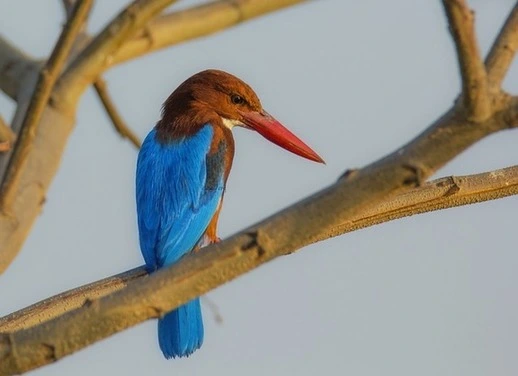
The white-throated kingfisher is a species of tree kingfisher found across Asia, from Sinai to the Indian subcontinent and the Philippines. It is an inhabitant across much of its geographic range; however, particular groups may travel for brief periods. It is frequently found far from water, where it feeds on a range of food such as bugs, lizards, and frogs.
Top Migratory Birds in India
Various migrant bird species consider India their home, including Siberian cranes, Greater Flamingos, and Asiatic Sparrow Hawks. Other prominent migratory bird sights in India are Keoladeo National Park in Rajasthan and the Khijadia Bird Sanctuary in Gujarat. Here are India’s top five migratory birds:
Greater Flamingos
Greater flamingos, with pinkish-white plumage and a unique bent beak, are the biggest and most common of the six flamingo species. These well-known pink birds can be found in warm, aquatic environments on several continents, including Asia’s coastal regions of India and Pakistan. The IUCN classifies it as the least concern in terms of conservation.
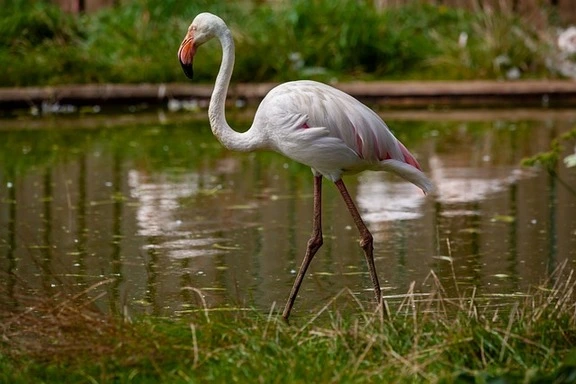
The Siberian Crane
The Siberian crane, often known as the Siberian white crane, is a species of bird in the Gruidae family. They are normally 4.9–8.6 kg in weight and 140 cm tall. The Siberian crane’s state of conservation is critical.
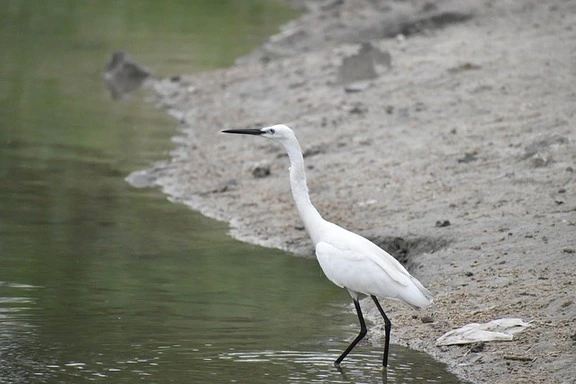
The Amur Falcon
The Amur falcon is a compact falcon species raptor. It usually eats late at night or early in the morning, catching a variety of insects in the air. The extensive breeding area and substantial population size have led to the species being classified as of least concern.
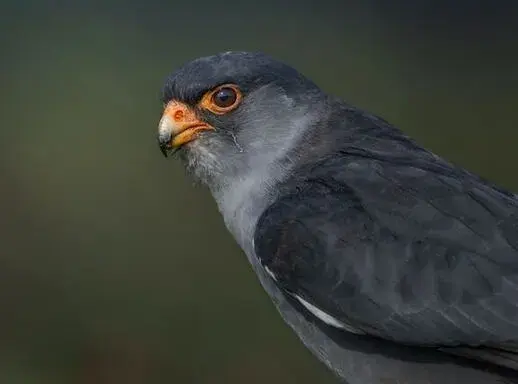
Demoiselle Crane
The Demoiselle crane is a variety of cranes found in central Europe. It is 85–100 cm long, stands 76 cm tall, and weighs 2-3 kg. It is the most compact crane species.
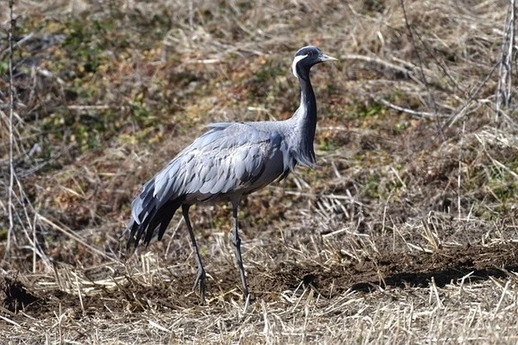
Northern Shoveler
The northern shoveler,is commonly known as “shoveler” in the UK, is a popular and ubiquitous duck. They are 48 cm long and 600 g in weight. Their numbers have been stable since the 1960s and have risen to more than 5 million birds in recent years, owing to ideal breeding, migrating, and living circumstances.
